Your heart literally gets bigger

Whilst those happy to be expecting might feel as though they are bursting with love, on the inside their heart is literally swelling. During pregnancy your blood volume increases by up to 50%. This extra work makes the heart beat faster and stronger, whilst becoming larger to handle the stress.
Your baby hears and remembers

It is common knowledge that infants in utero can hear and react to sounds, but they also remember them. This means that when they first arrive in the world they already recognise the voices of their parents, but can also remember particular songs that they’ve heard. Playing these familiar songs to the baby when they get distressed can help calm and soothe them.
The baby decides when it’s time to come out
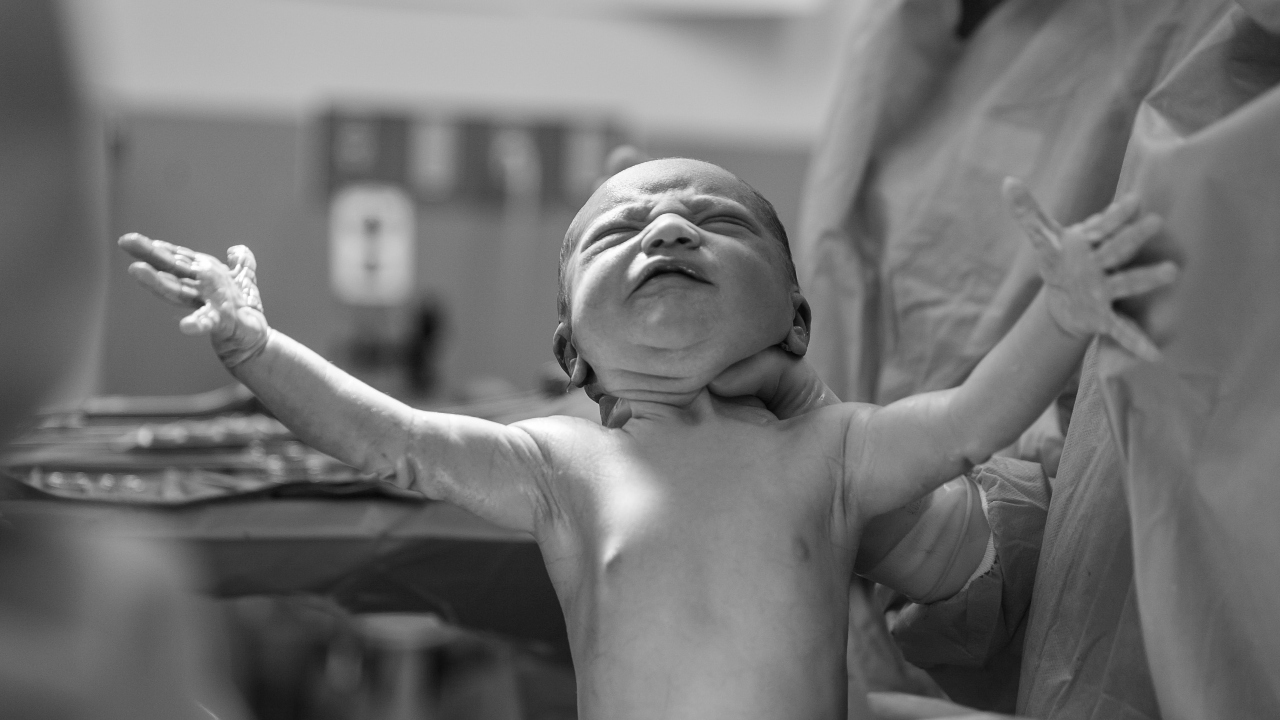
Although it still remains something of a mystery as to how labor actually begins, recent research has suggested that the baby instigates it. Researchers found two proteins in the fetus’ lungs that are only produced when they are mature enough. This protein produces an inflammatory response in the uterus that gets the ball rolling.
Some babies are born in their amniotic sac
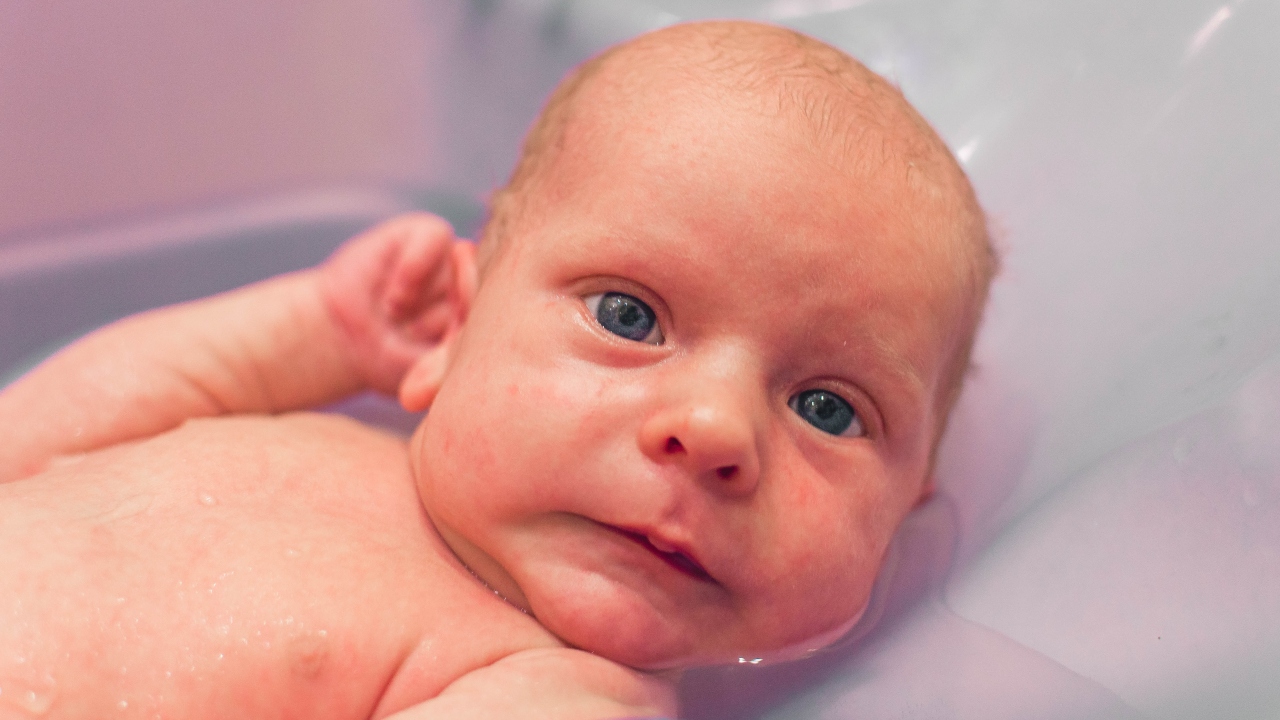
One in 80,000 babies born are delivered ‘en caul’. This means that the infant is still encased within their protective amniotic sac. Old superstitions used to believe that any child born in this way had an affinity for water and would be unable to drown later in life.
Your partner may become ‘pregnant’ too
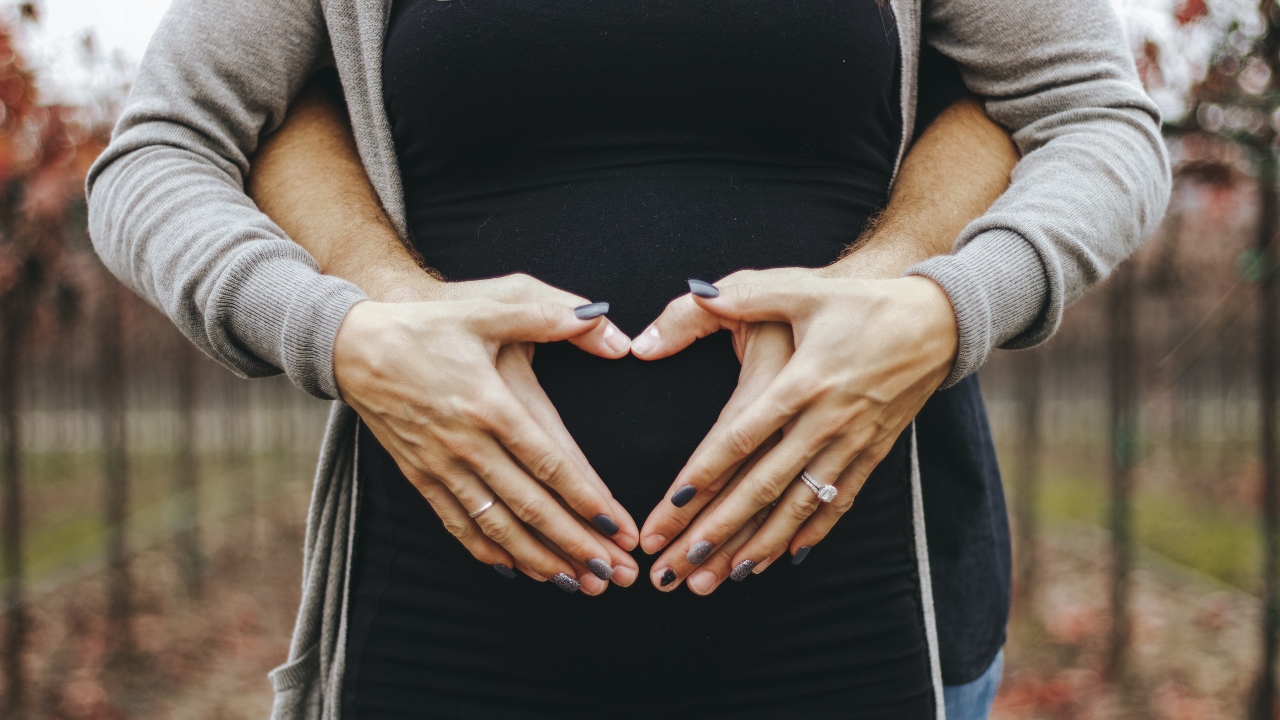
A strange phenomenon known as ‘Couvade Syndrome’ affects some men during their partner’s pregnancy. More colloquially termed as a ‘Sympathetic Pregnancy’, the syndrome sees some men experience the classic symptoms of pregnancy. These men gain weight, suffer from waves of nausea, and even encounter cramping in some cases.
The placenta is a great source of nutrition for a postpartum mother

For nine months the placenta keeps the infant safe and helps nurture them, providing vital nutrients and oxygen. However, once delivered, the placenta is often discarded, but some mothers opt to re-ingest the material. Consumption of the placenta is believed to help with breastmilk production and can also stave off postnatal depression. Both Alicia Silverstone and Kim Kardashian are advocates for the process.
The uterus is the strongest muscle
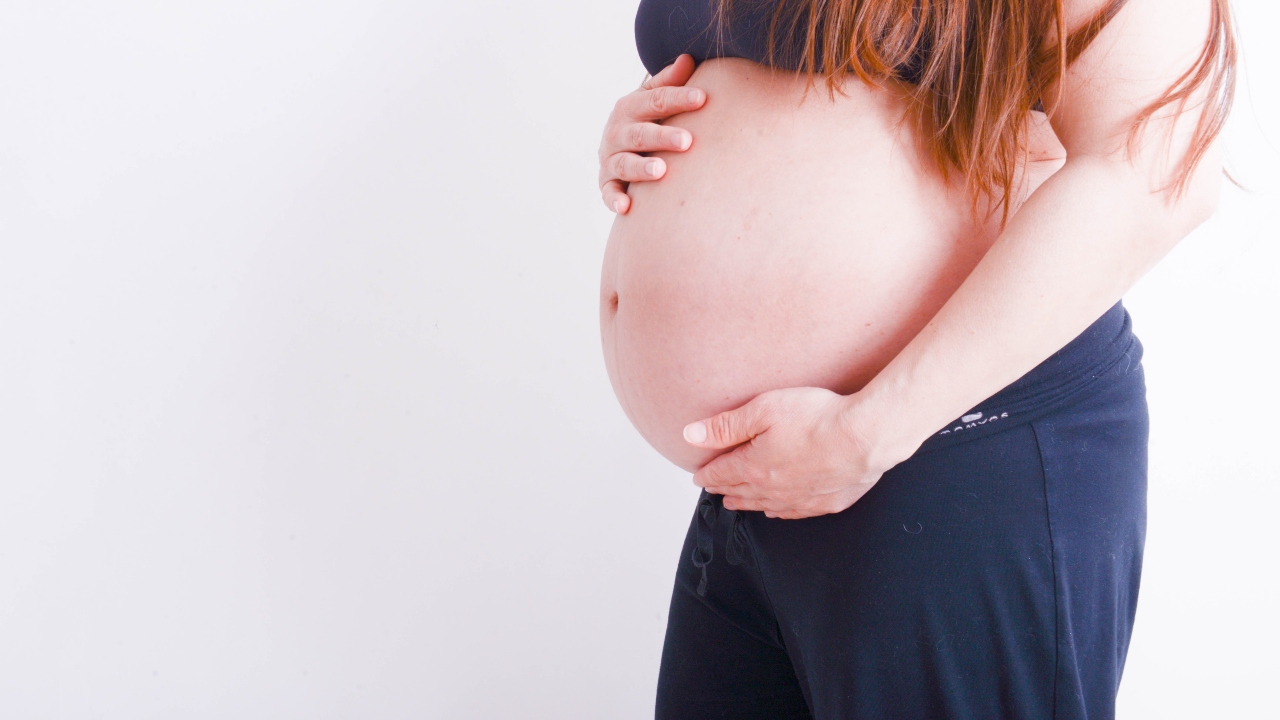
During pregnancy, the uterus increases in size, growing from the size of a pear to that of a watermelon. Dilating the cervix to get the baby out through the pelvis requires a lot of strength and by the time the uterus has achieved its maximum size, it has become the strongest muscle within the human body.
A baby’s first poop is black
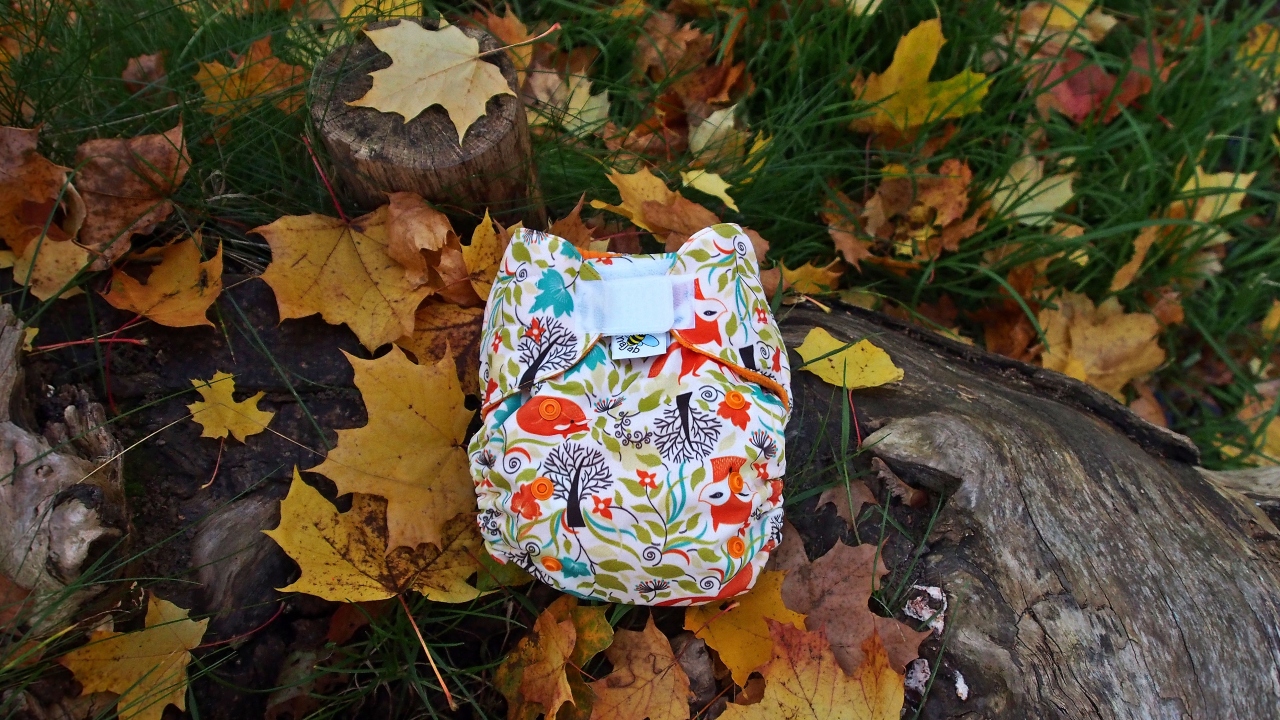
As cute as the new bundle of joy is, what comes out of them first is anything but pleasant. The first bowel movement contains meconium, which is a greenish-black in colour and has a sticky tar-like consistency. This can arrive anytime during or after birth, typically within the first forty-eight hours.
The uterus does the pushing
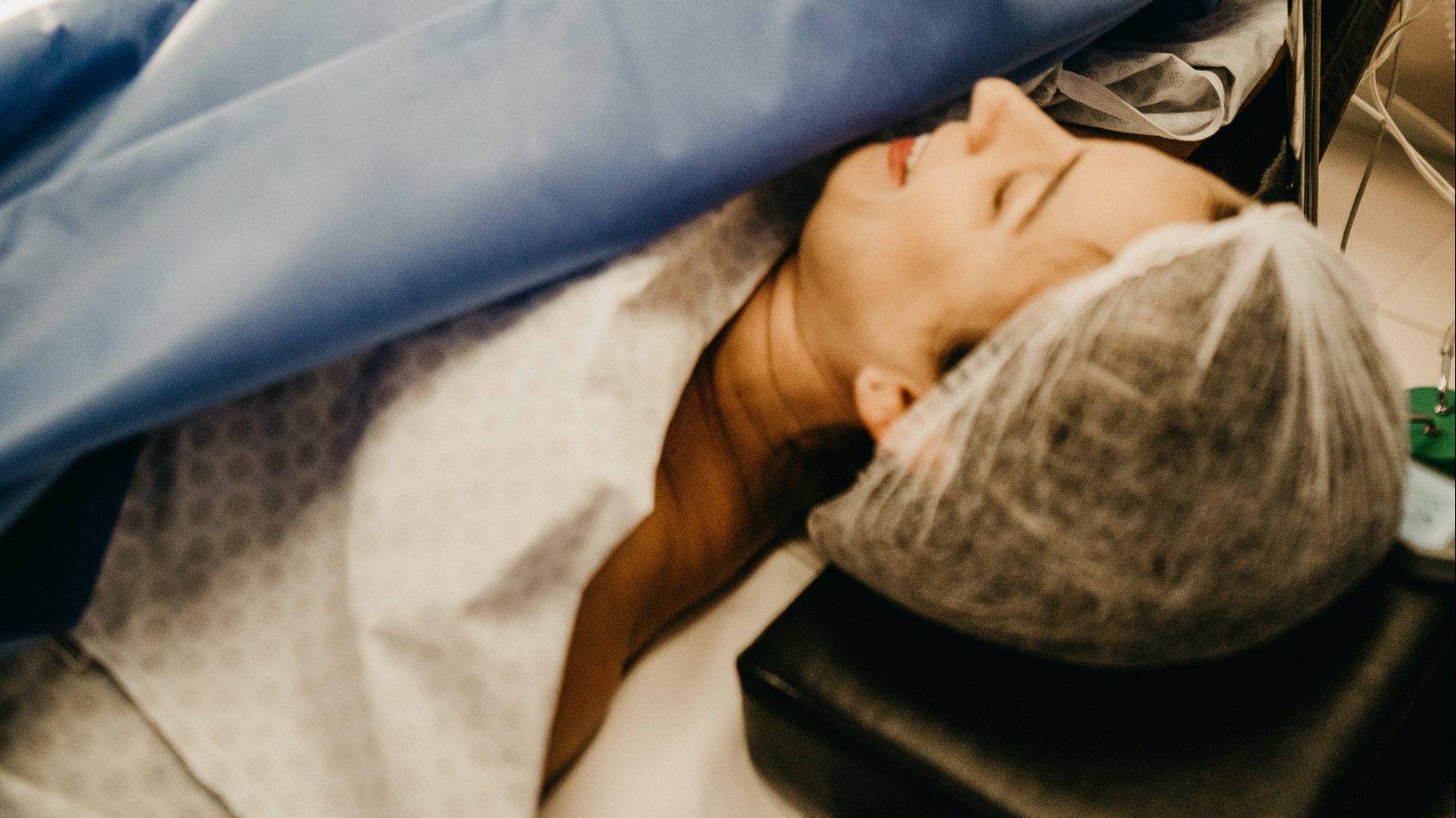
The uterus is vital during labor. Not only does it help dilate the cervix, when it comes time to push, the uterus does 80% of the work. The mother’s attempts are there simply to help boost and speed the process along. Were the mother to be in labor unconscious, the uterus would carry on regardless, and in most cases, manage to birth the child unaided.
The fetus tastes what you eat
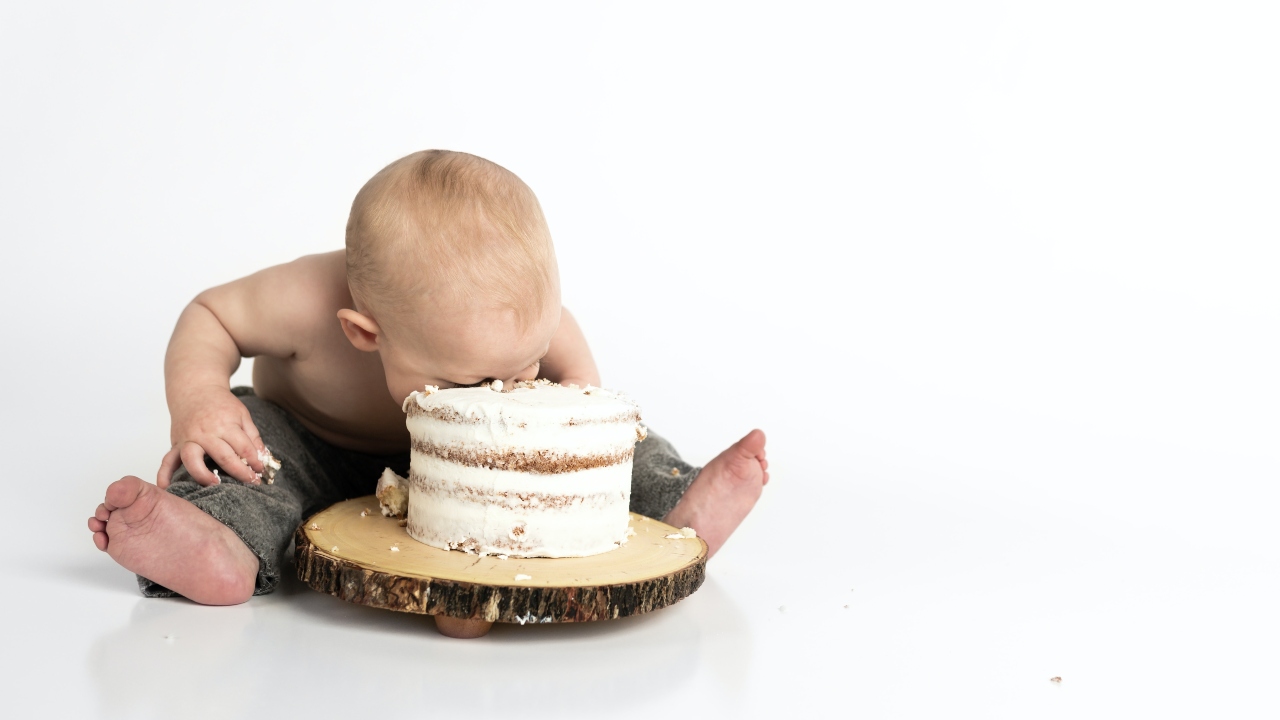
During gestation, the maturing fetus is surrounded by, and swallows, amniotic fluid. This substance sucks nutrients from the mother’s diet and this in turn changes the flavour. The ability to ‘taste’ what the mother is eating presents the baby with their first experience of the outside world, so be sure to mix up the menu to give them a full range of tastes.
Being tall increases the chances of twins
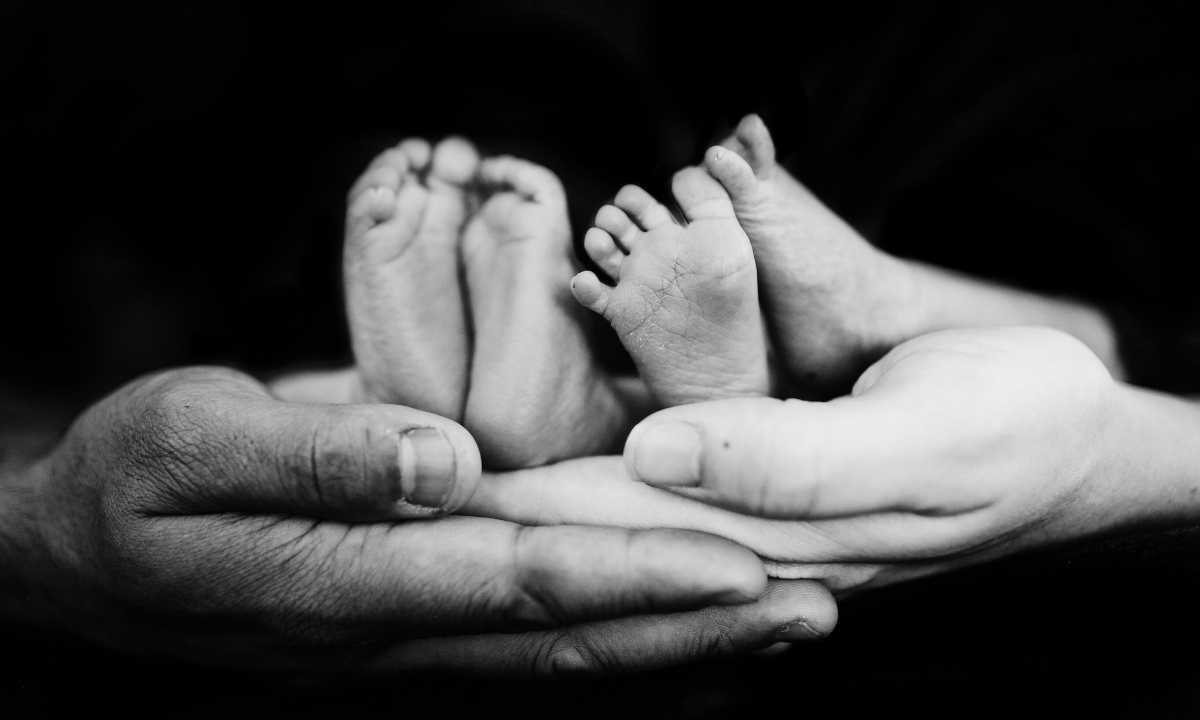
Whilst it is a known fact that those with twins in the family, and those using fertility treatments, are more likely to have multiple-child pregnancies, the height of the mother is also a factor. A study published in the Journal of Reproductive Medicine found that women over 5’ 5” have higher levels of a certain liver protein, which is linked to increased ovulation.
A mother’s chest can change temperature
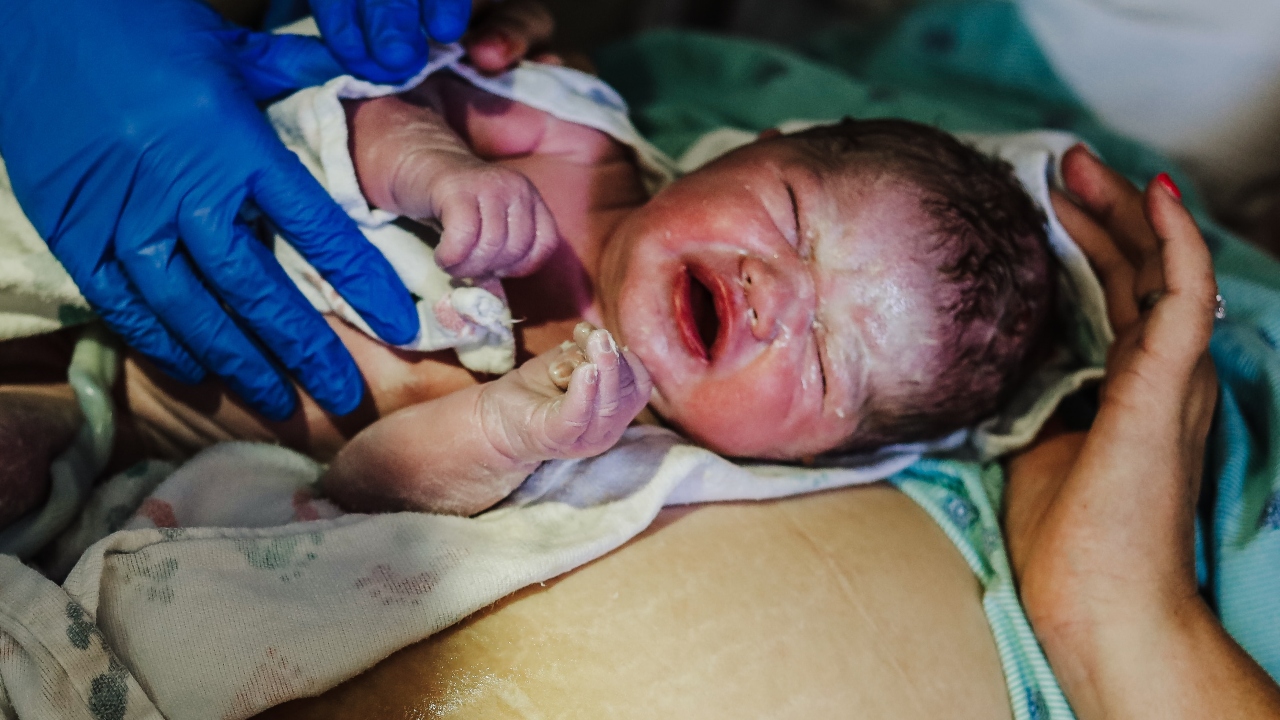
Immediately after birth, a baby is placed onto the mother’s chest. This skin-to-skin contact helps to strengthen the bond between parent and child, but also helps the newborn regulate their body temperature. The parent’s skin has the ability to translate signals from the baby’s body and can heat up or cool down to create the perfect temperature for the newborn.
Newborns have marble-sized stomachs
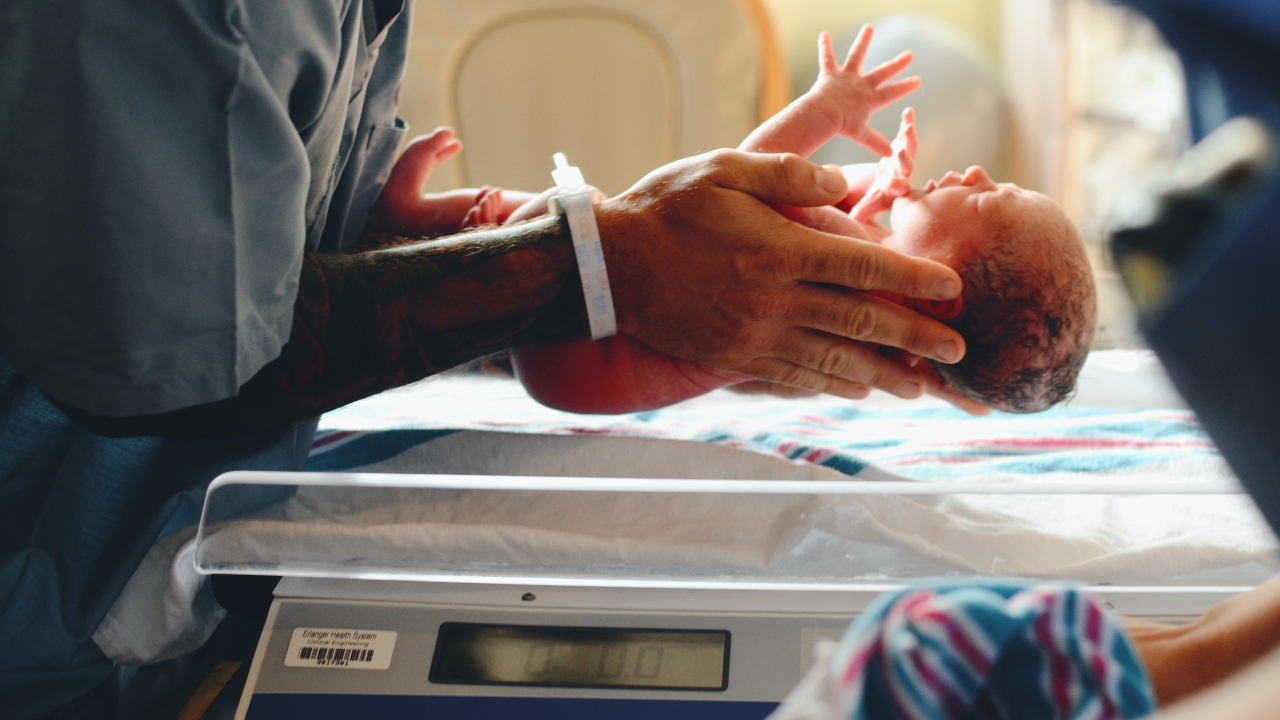
Newborns appear to have an insatiable appetite, but there is a reason for this. Their frequency for feeding isn’t due to them being greedy, but because they have tiny stomachs that fill up quickly. When first born, their stomachs are around the size of a marble; roughly the same capacity as one teaspoon.
Most babies are born on a Tuesday
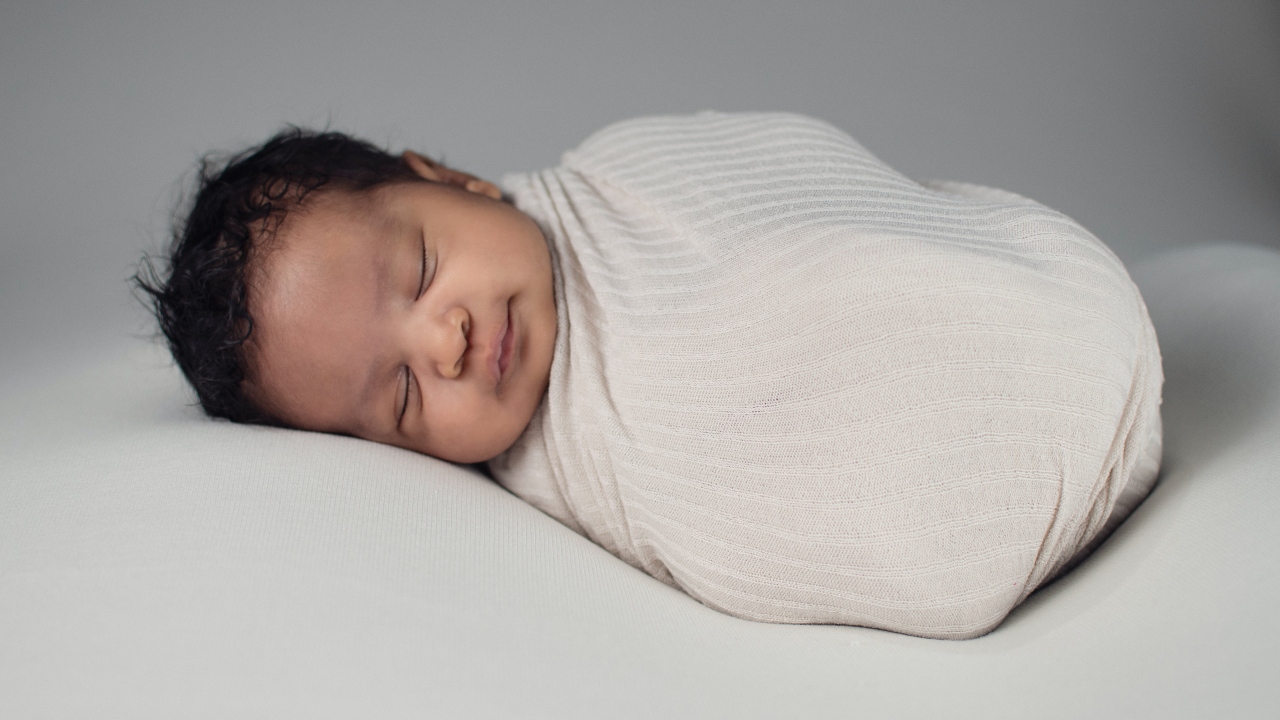
Not knowing when your baby is going to make its surprise appearance is nerve wracking. However, there’s one day of the week to be on guard more than others. Statistically, more babies are born on a Tuesday than any other day of the week. Thursday is the second most popular day, with Sunday being the least likely.
Labor pains can continue after birth
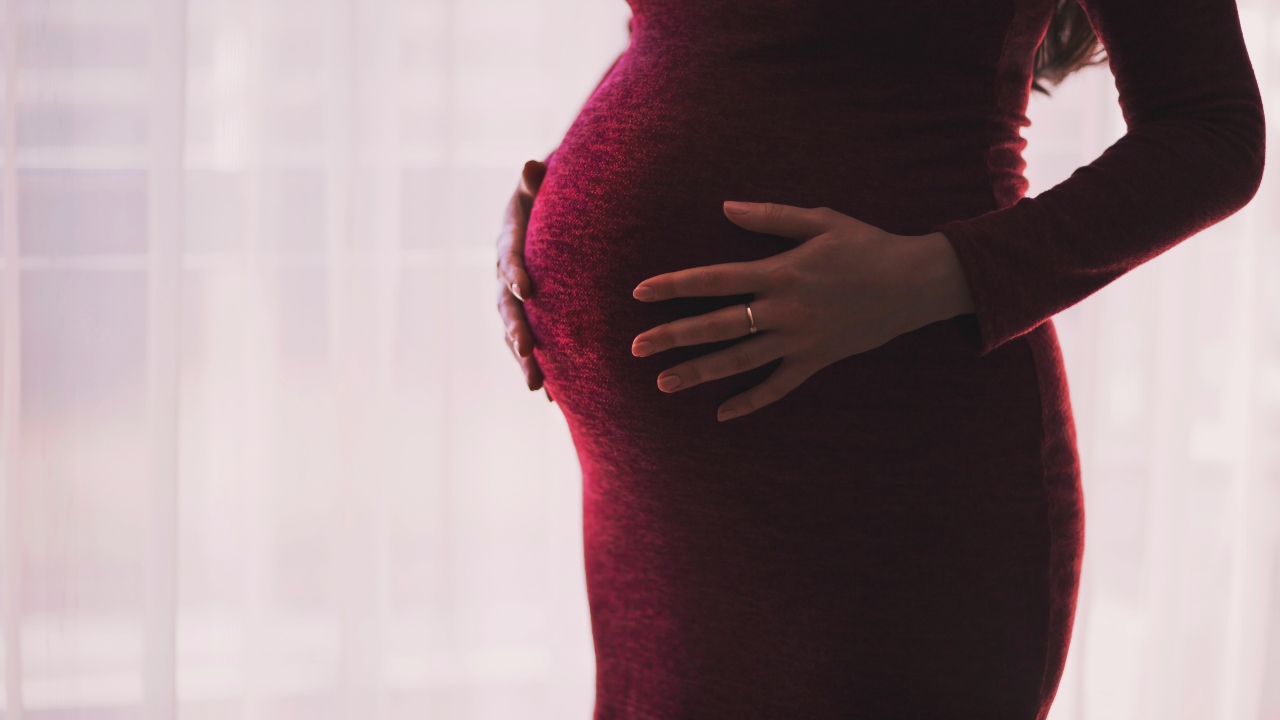
In the days and weeks following childbirth, mothers will still experience the occasional labor pain. This uncomfortable cramping sensation is the uterus contracting itself back down to its smaller statue. The pain comes and goes in waves and usually finishes after around two months.
Induction can take up to 48 hours
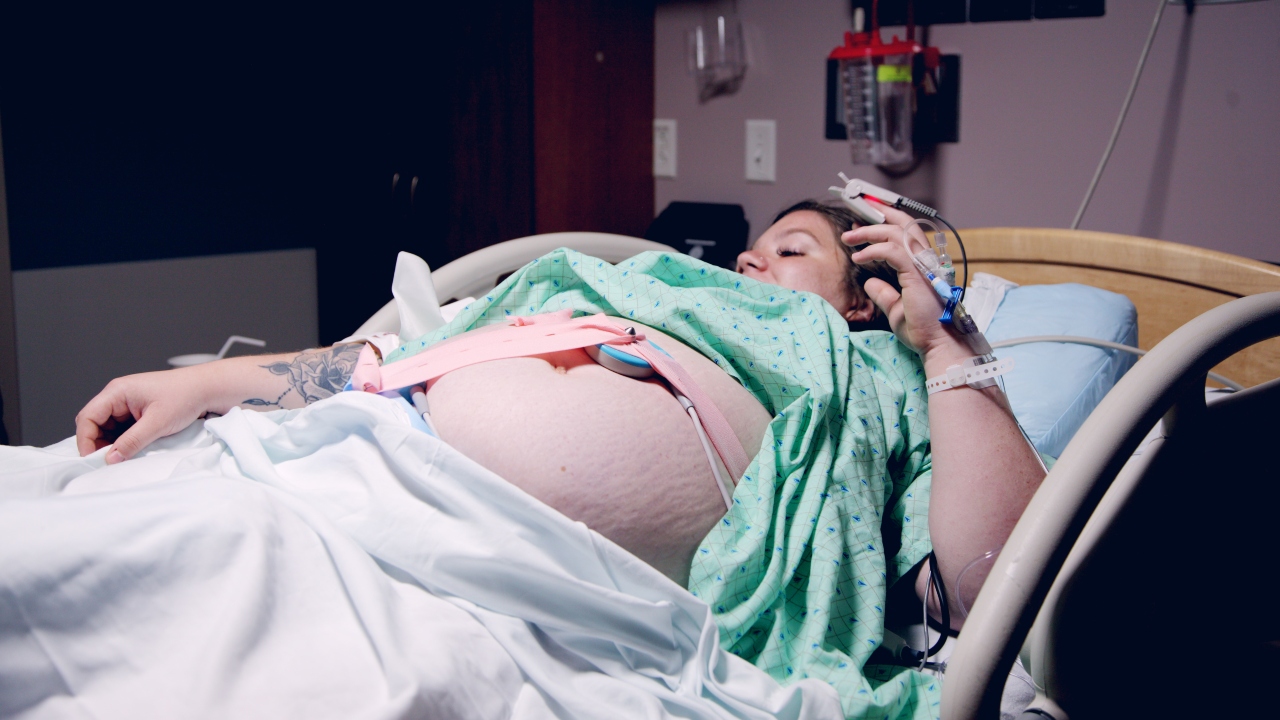
Induction is a method that sees trained medical professionals perform either a cervical sweep, or insert a tablet into the vagina. The idea is to help kickstart the uterus into beginning labor and is used for a variety of reasons. However, an induction date does not guarantee delivery. Sometimes the process can take up to forty-eight hours and multiple attempts to start labor.
Newborns sometimes arrive with teeth
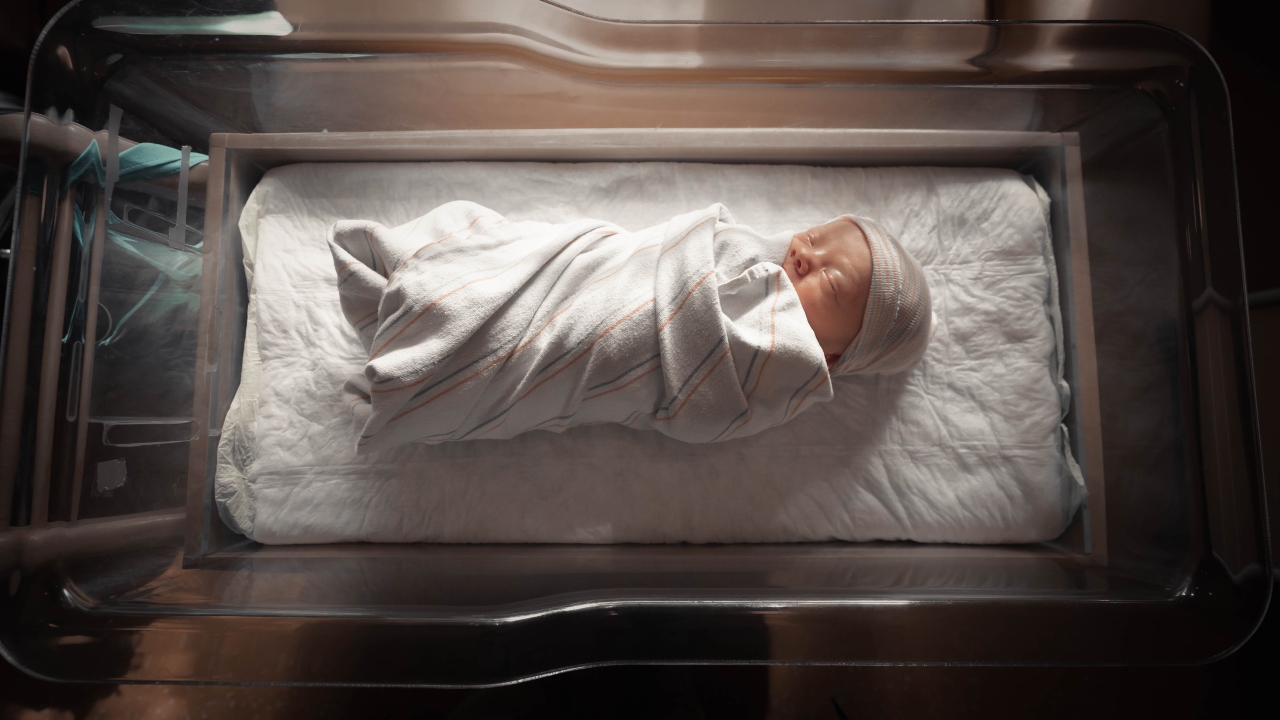
A terrifying prospect for those that are considering breastfeeding, but sometimes newborns are delivered with teeth. Studies have found that around one in 2000 children will be born with what is termed a ‘natal tooth’. These teeth are often loose and so doctors remove them, leaving the baby with a wholesome, toothless smile.
Most women forget the birthing experience
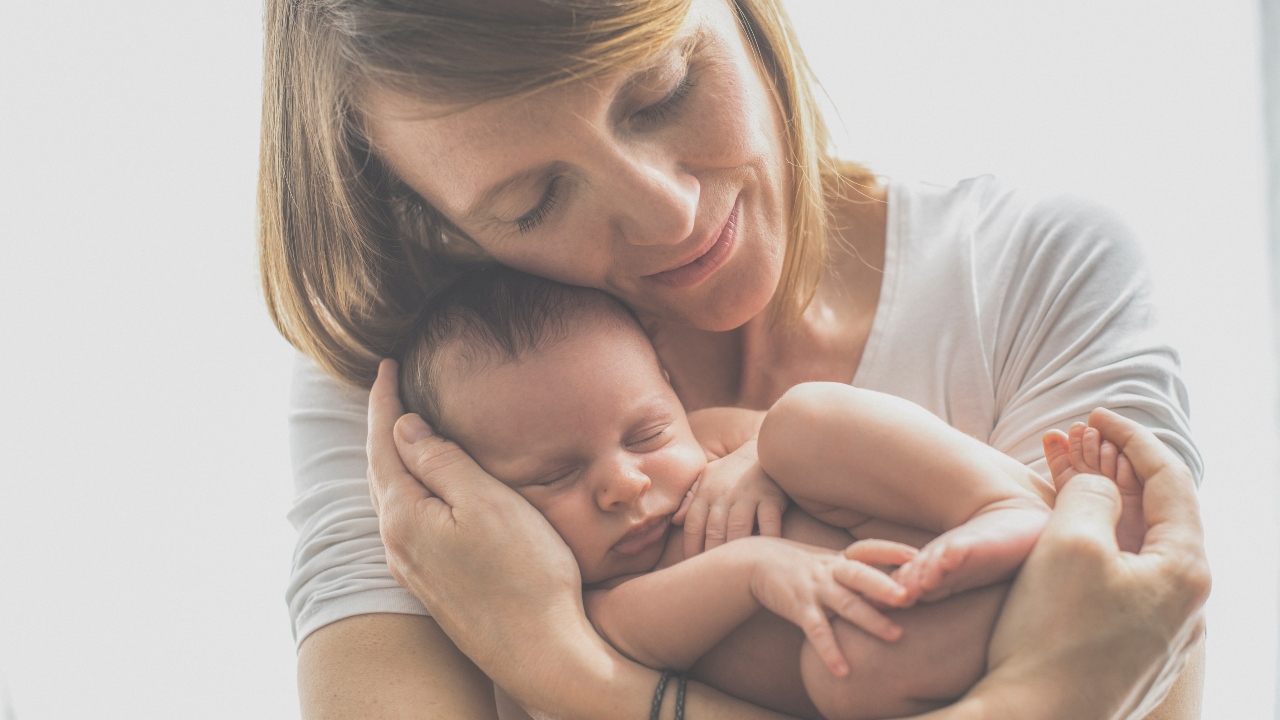
Labor is a perfect example of how the body can erase memories of its own trauma. During labor, the body is flooded with a variety of hormones including oxytocin. Its role is to help stimulate the softening of the cervix, which allows dilation to begin. Oxytocin also has an amnestic effect, meaning that – thankfully – most women cannot recall much about their labor experience.
Internal organs get moved around
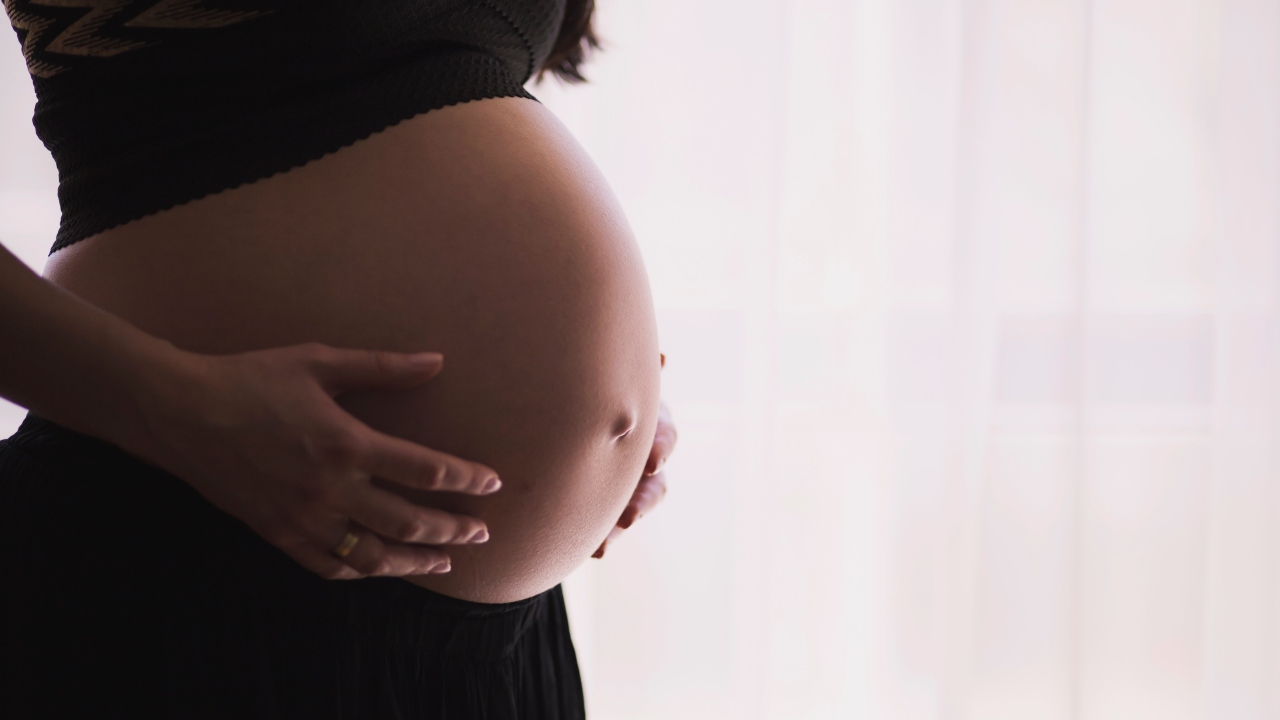
With a new person growing inside the uterus and both increasing in size, the inside of a pregnant body is rather squished. To make way for the new resident, various organs are displaced, primarily the stomach and intestines. This squeezes the liver and lungs and causes the breathlessness experienced during the third trimester. All return to their rightful place within about two months after birth.
Labor can last from seconds to days
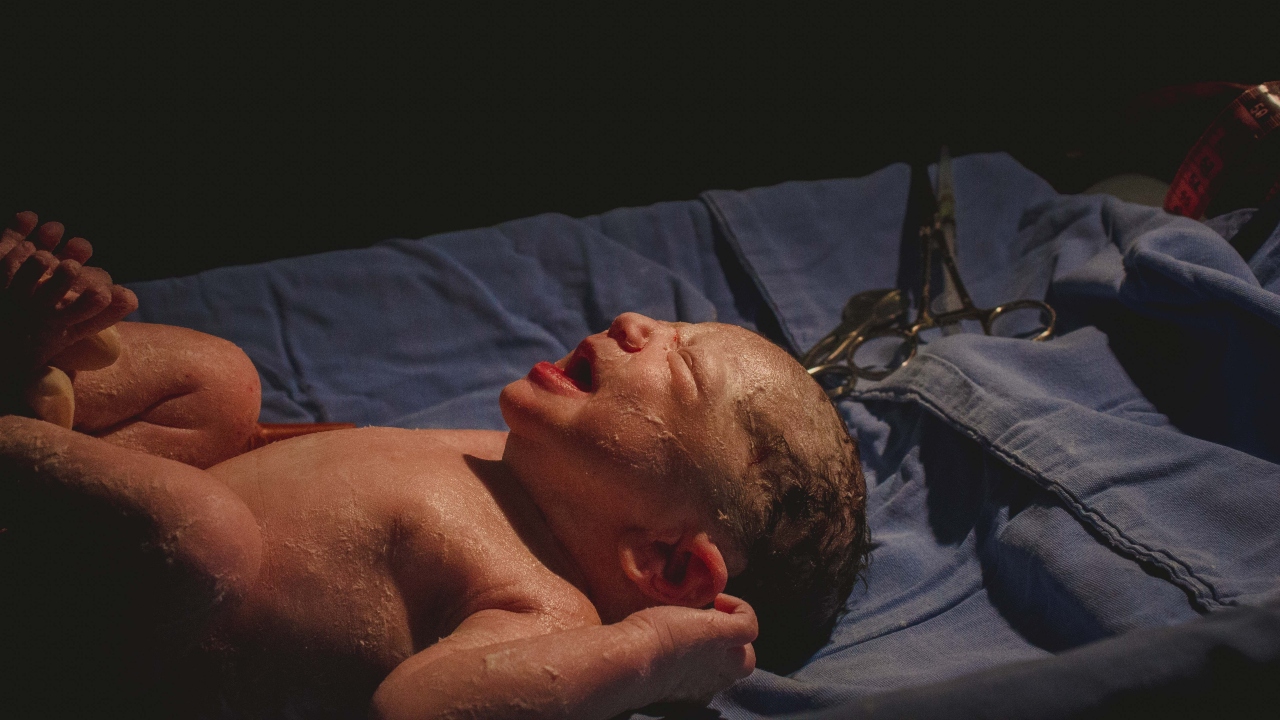
Labor can either be a quick or extended ordeal. On average, most first-time mothers have a labor lasting between eight to eighteen hours. It is often quicker for subsequent pregnancies, often around five to twelve hours. The longest reported labor was seventy-five days (though this was due to the infant being premature), and the shortest recorded was just twenty-seven seconds.
The pelvic floor needs exercising

If expectant mothers ever want to be able to cough or sneeze again without risking an unexpected leakage, they should make sure to do their pelvic floor exercises. Pushing a baby out puts great stress on the pelvis and in order for it to return to its pre-baby strength it is vital to keep it in shape both before, and after, delivery.
Baking is said to ease labor pain

An ancient tradition saw laboring women bake a ‘kimbly’, or ‘groaning cake’. The idea was that the scent of a baking cake would ease the mother’s pain. Some women still choose to follow this practice and spend the latent stage of their pregnancy (when the cervix starts the process of opening) baking.
Squatting is the most effective position for labor

Once labor begins the aim is to get the infant out as quickly and safely as possible. One way to speed up the birthing process is to assume the right position. Squatting is seen as one of the best as it helps the pelvis open by up to 28%.
Excessive heartburn could mean a hairy baby
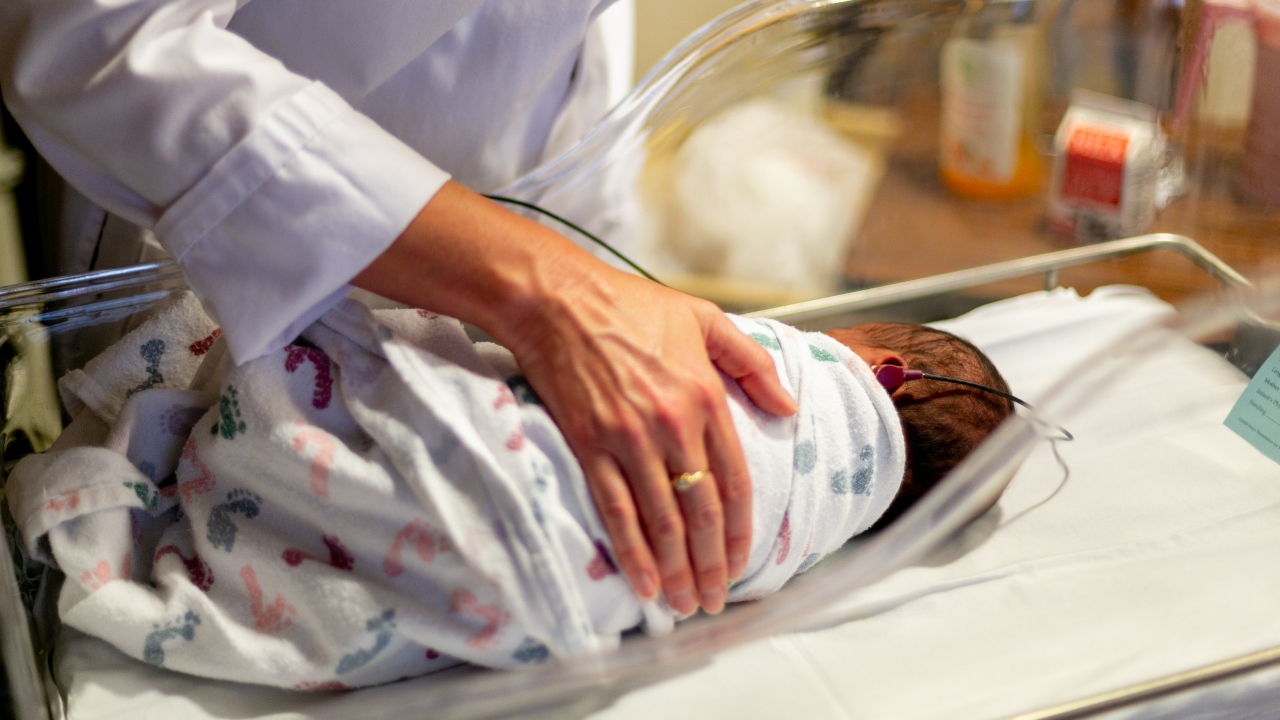
For years there was an old wives tale that stated a lot of heartburn during pregnancy was an indicator that the baby would be born with a full head of hair. Research performed by John Hopkins University has confirmed this to be true. The hormones that produce heartburn were proven to also influence hair growth.
A mother’s feet might change in size

In addition to helping grow the fetus, the pregnant body can also cause an expectant mother’s feet to ‘grow’. Pregnancy hormones loosen the ligaments around the pelvis in preparation for birth. At the same time they can also relax the ligaments in the feet, causing the bones to widen and spread, meaning it is time for a new pair of shoes.
Areolas produce a soothing smell

The amniotic fluid in which the fetus grows has a particular scent. Infants associate this smell with comfort and so being in the outside world can be an adjustment. To help soothe the baby and give it a sense of direction for its sustenance, the Montgomery gland in the areola produces a natural lubricant that has the same smell.
Baby brains grow most during the third trimester

The third and final trimester of pregnancy oversees the final stages of the fetus’ development. Of all the changes that happen, the biggest is that of the brain. During the last few weeks, the brain grows exponentially, increasing in size by an entire third.
Mothers must also birth the placenta
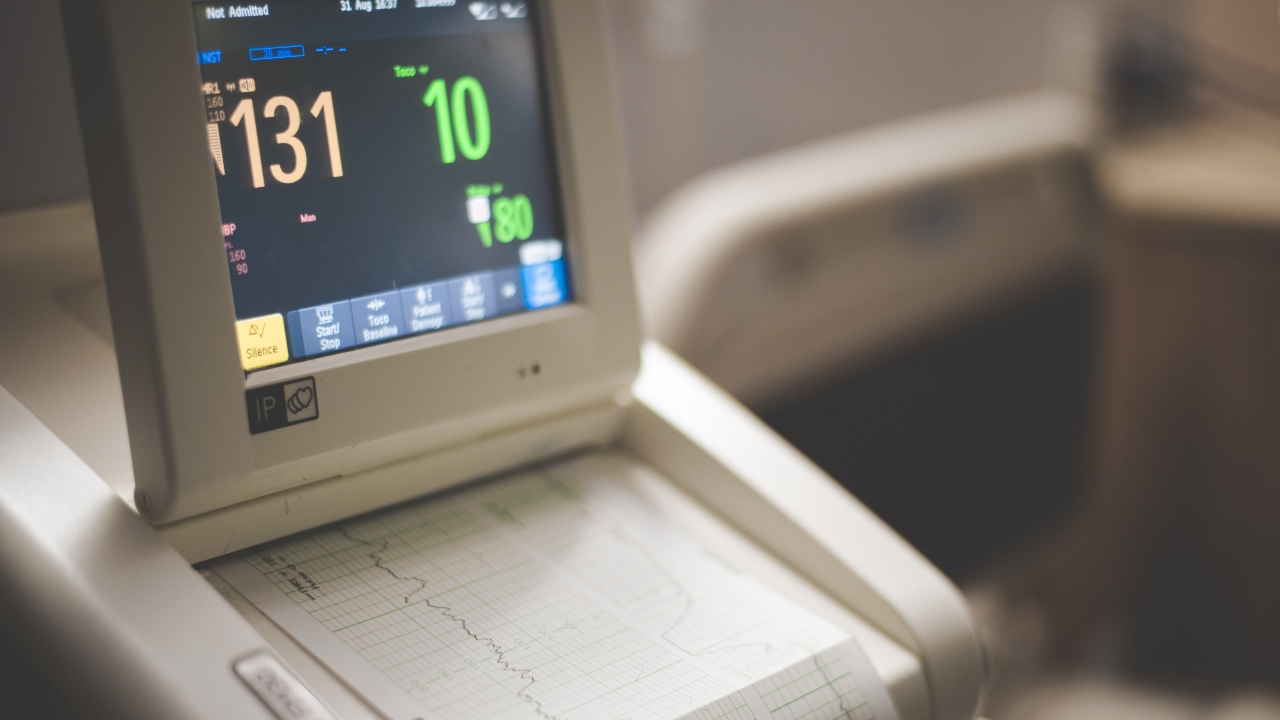
Ever wondered why the placenta is also called the afterbirth? Well it’s because that is when it arrives. After spending potential hours pushing a baby out, the new mother barely has time to recover before they must repeat the process, typically around thirty minutes later, to expel the placenta.
Pregnant women have a heightened sense of smell

It is not just physical changes that the body experiences during pregnancy, the sense of smell becomes heightened also. This altered sense is usually an early indicator of pregnancy. Scientists believe that this development occurs to help pregnant women avoid unsafe foods.
Crying babies cause lactation

During pregnancy the body rewires itself to prepare for the forthcoming arrival, adapting itself to serve the newborn’s every need. The biggest of these is nourishment, and so prior to the baby’s arrival the breasts begin producing milk. However, the body cannot differentiate between its own baby and someone else’s and will start to lactate upon hearing the cries of any baby, regardless of maternal ties.
Most women’s water doesn’t actually break
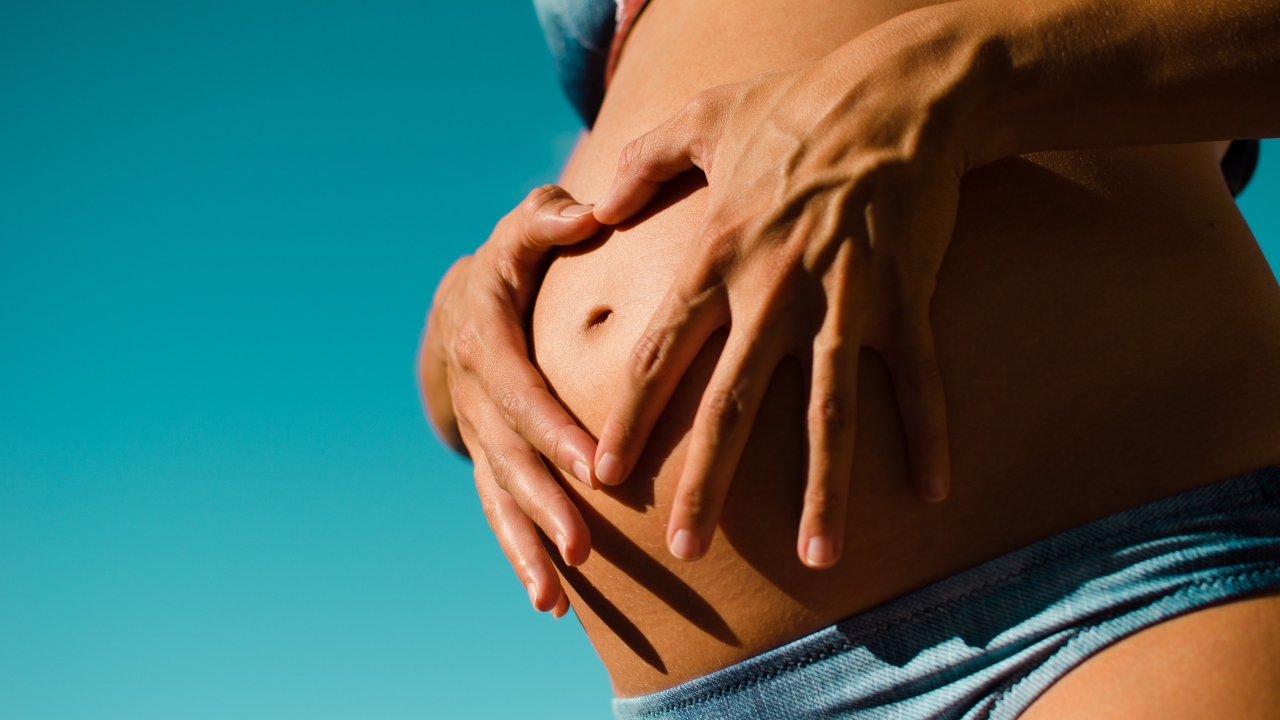
If movies and television have taught us anything about labor, it is that your water will break, gushing amniotic fluid everywhere. The reality however, is that only one in ten women’s water breaks prior to labor starting. It also doesn’t flood out either, and instead feels like a very long and slow urination.
Newborns cannot cry tears

Although newborns are known for their screams for attention, they are initially unable to cry. It takes about three weeks for the tear ducts to develop and for tears to be created. Similarly, it takes around a month for newborns to be able to smile without the aid of gas.
A woman’s voice can change
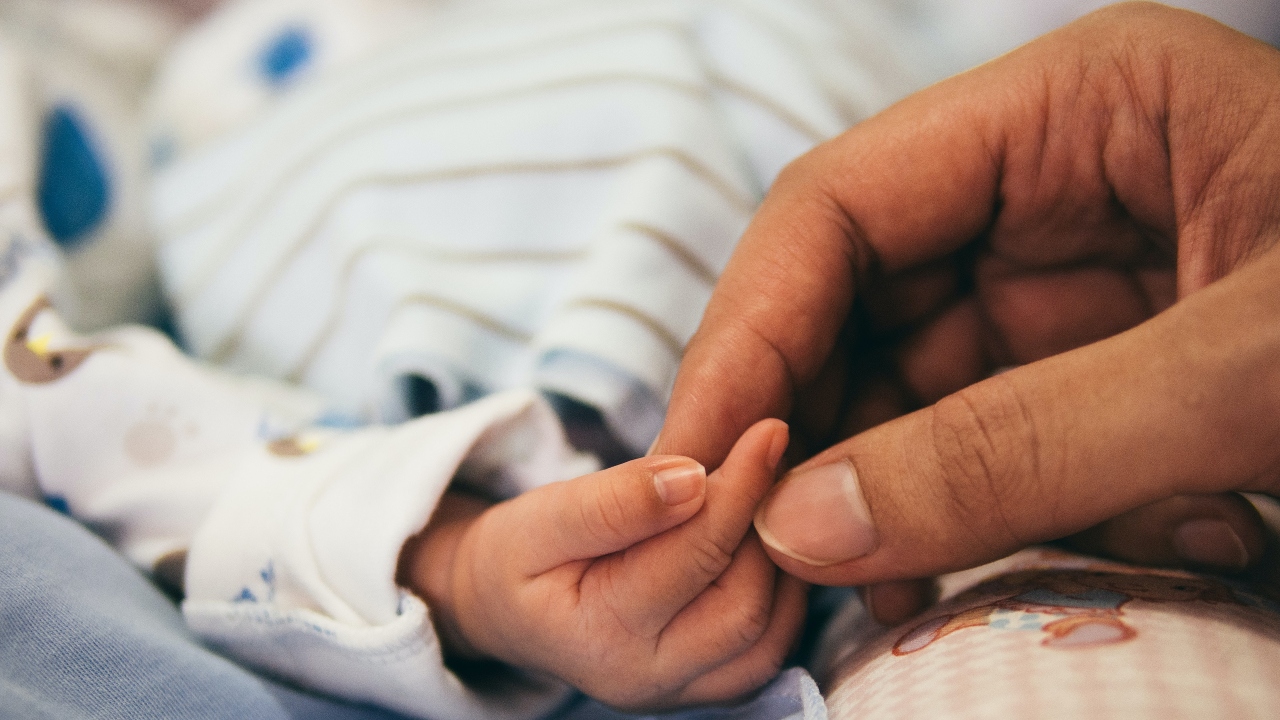
Women’s voices are constantly affected by hormones, and so can change at certain times of the month, or during pregnancy. Research has discovered that not only does a woman’s voice change during pregnancy, but the pitch often lowers after birth. Once again, hormones are the most likely cause, though the lack of sleep won’t help.
A forgetful ‘baby brain’ is real
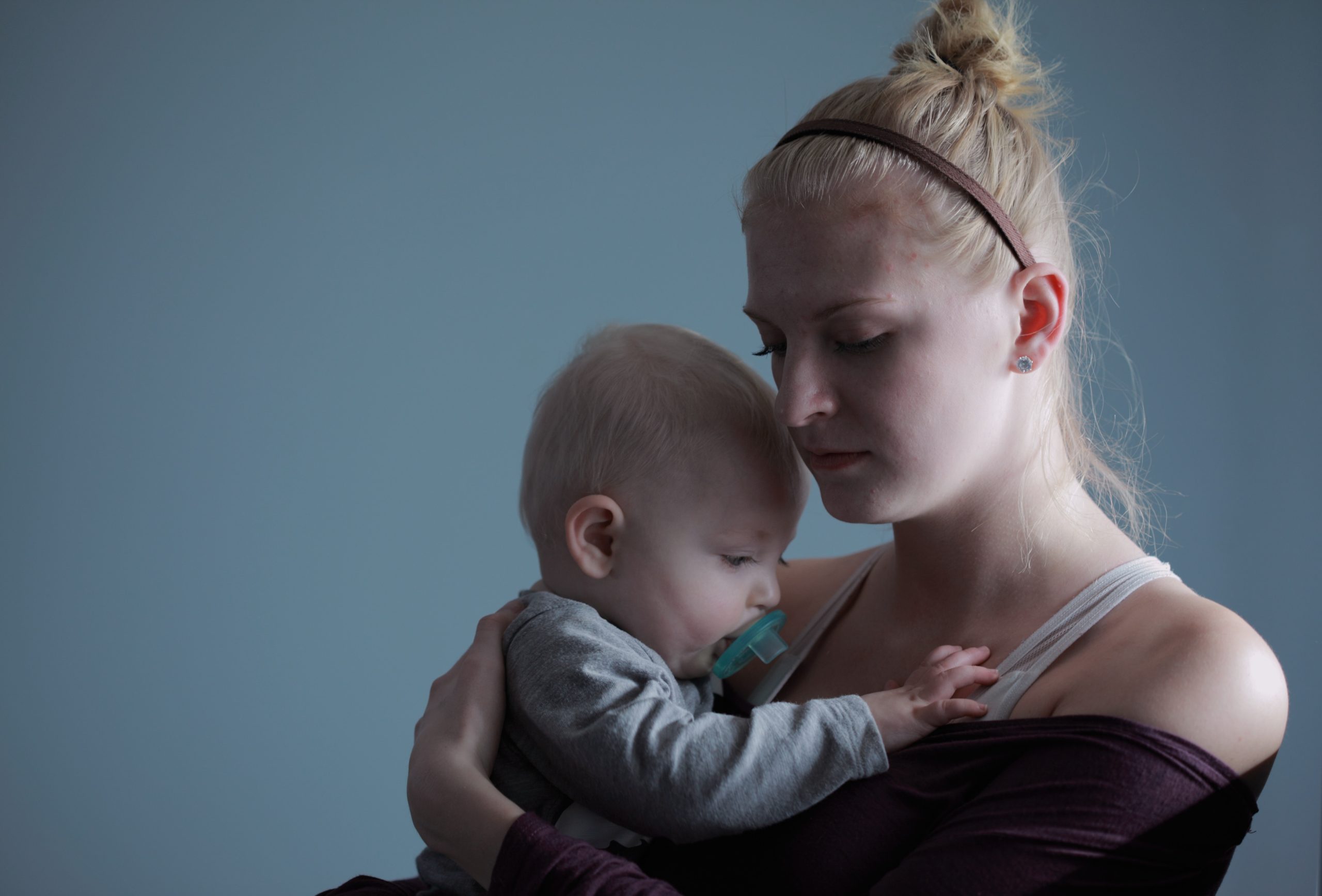
Whilst becoming forgetful and absent-minded is often joked about as being due to ‘baby brain’, studies have found there is some truth in the phenomenon. Scientists have found that the brain actually decreases in size during pregnancy. The front and temporal lobe experience a loss of gray matter, but this loss is said to help enhance parental efficiency.
Fertility is at an all-time high after having a baby

After having spent countless hours in discomfort birthing a child, the last thing on most mother’s minds is getting herself back into the same situation. However, in the weeks directly after birth, the female body is at its most fertile. Pregnancy hormones remain in the system and increase the chances of conception.
Newborns have extra bones
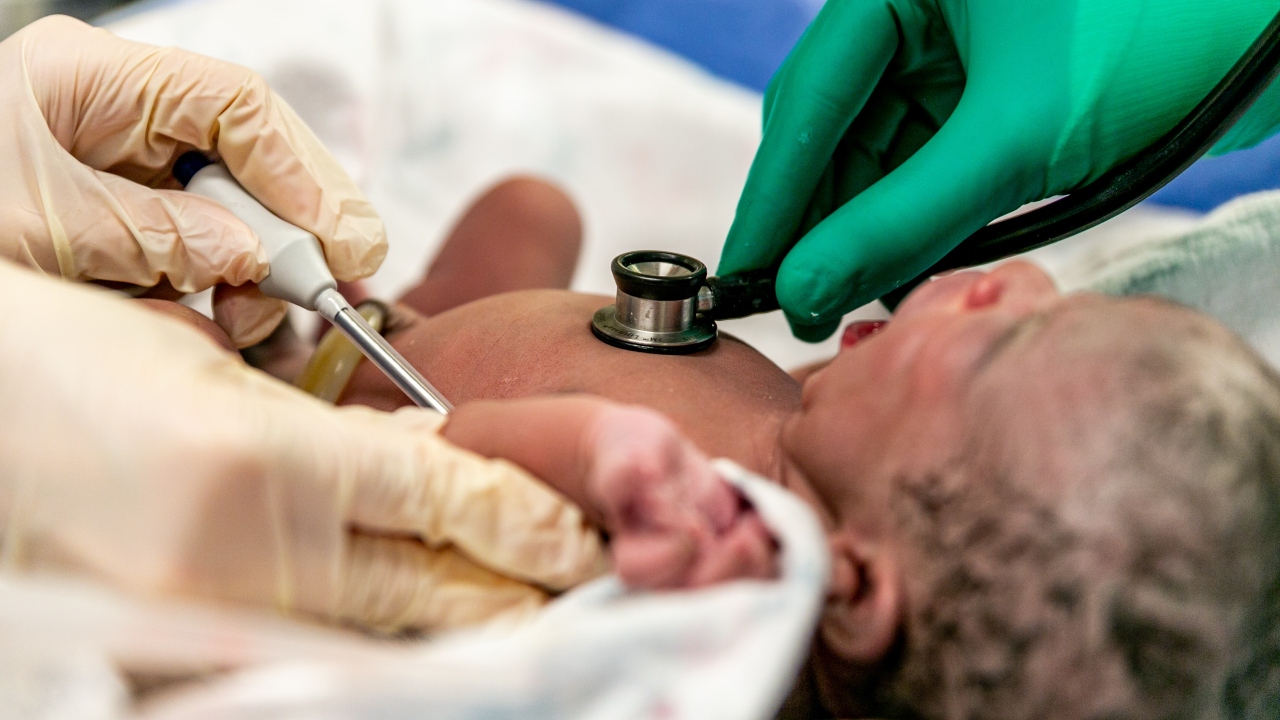
Upon arrival, a newborn infant has several key differences to the adult body. Firstly, they are born with 300 bones, which will eventually fuse together to create the 206 found in an adult skeleton. They also don’t have kneecaps, in their place is a soft cartilage. Kneecaps themselves take around six months to fully develop.
Queen Victoria instigated pain relief during childbirth
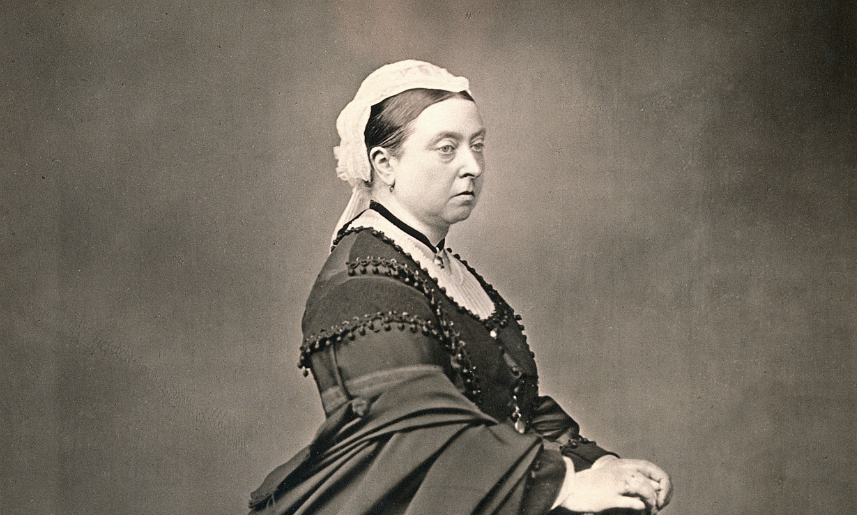
For centuries, administering pain relief during childbirth was viewed as taboo. All that changed though when Queen Victoria was administered chloroform during the birth of her eighth child, Prince Leopold, in 1853. The physician in question, John Snow, was heavily criticized at the time, but soon pain relief was normalised – with opiates being the drug of choice.
Babies practise crying in the womb
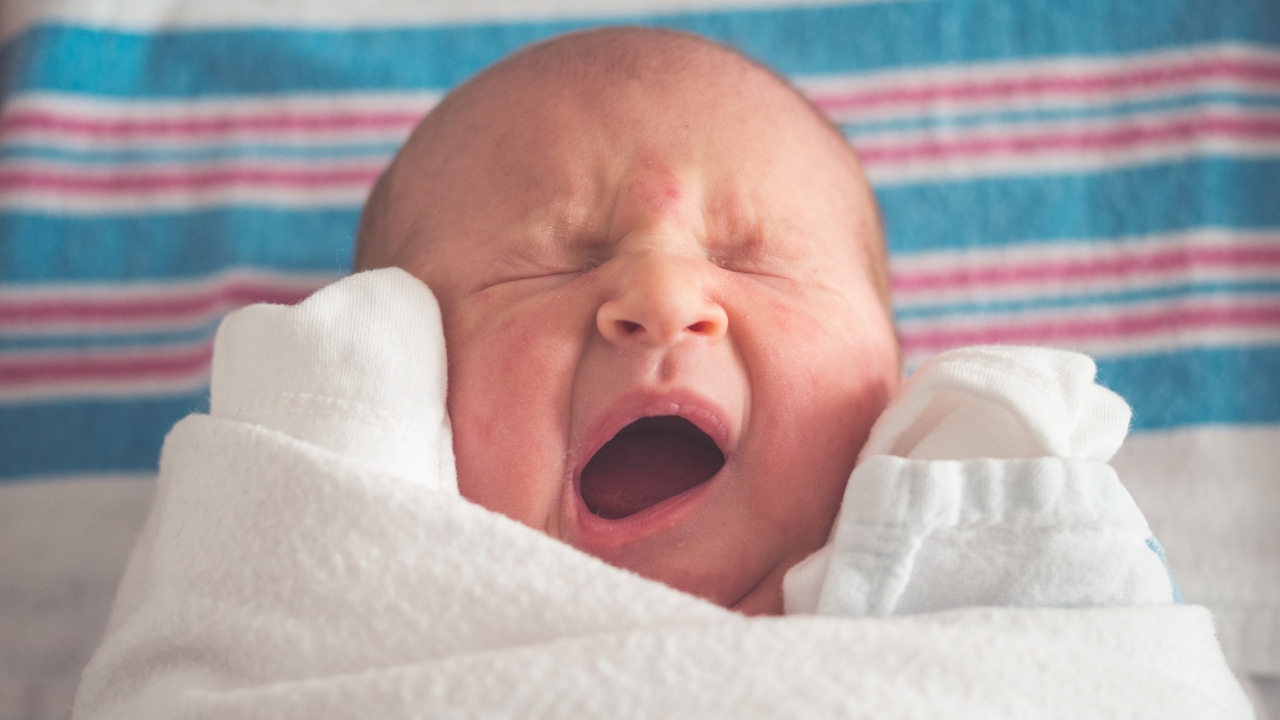
With nine months inside the womb, there is little for the growing fetus to do other than feed and grow. However, there is one activity that keeps them entertained. Studies have found that babies begin to practise their communication skills from as early as twenty-eight weeks.
Mothers cannot eat once labor begins

Once active labor begins, eating is taken off of the table. Whilst the drinking of water and sucking on ice chips is permitted, no solids can be consumed until after childbirth. The reasoning for this is that there is always the chance that a C-Section may be required, and food in the stomach risks getting into the airways.
Comfort food is given after labor

Birthing a child is a lot of hard work and requires an enormous expenditure of calories. Post birth, a woman’s energy levels are depleted and exhaustion kicks in. In UK hospitals, women are given a cup of tea and slice of toast, which in addition to being a nice post labor treat, also helps replenish the body and even out blood sugar levels.
Childbirth used to be extremely dangerous

For much of history, childbirth was an extremely dangerous process that often resulted in the death of the mother. During the Renaissance, the risk of dying during childbirth was so severe that most women immediately wrote their wills upon discovering they were pregnant. It wasn’t until the 1930s that medical advancements made childbirth relatively safe.
The placenta is the only disposable organ
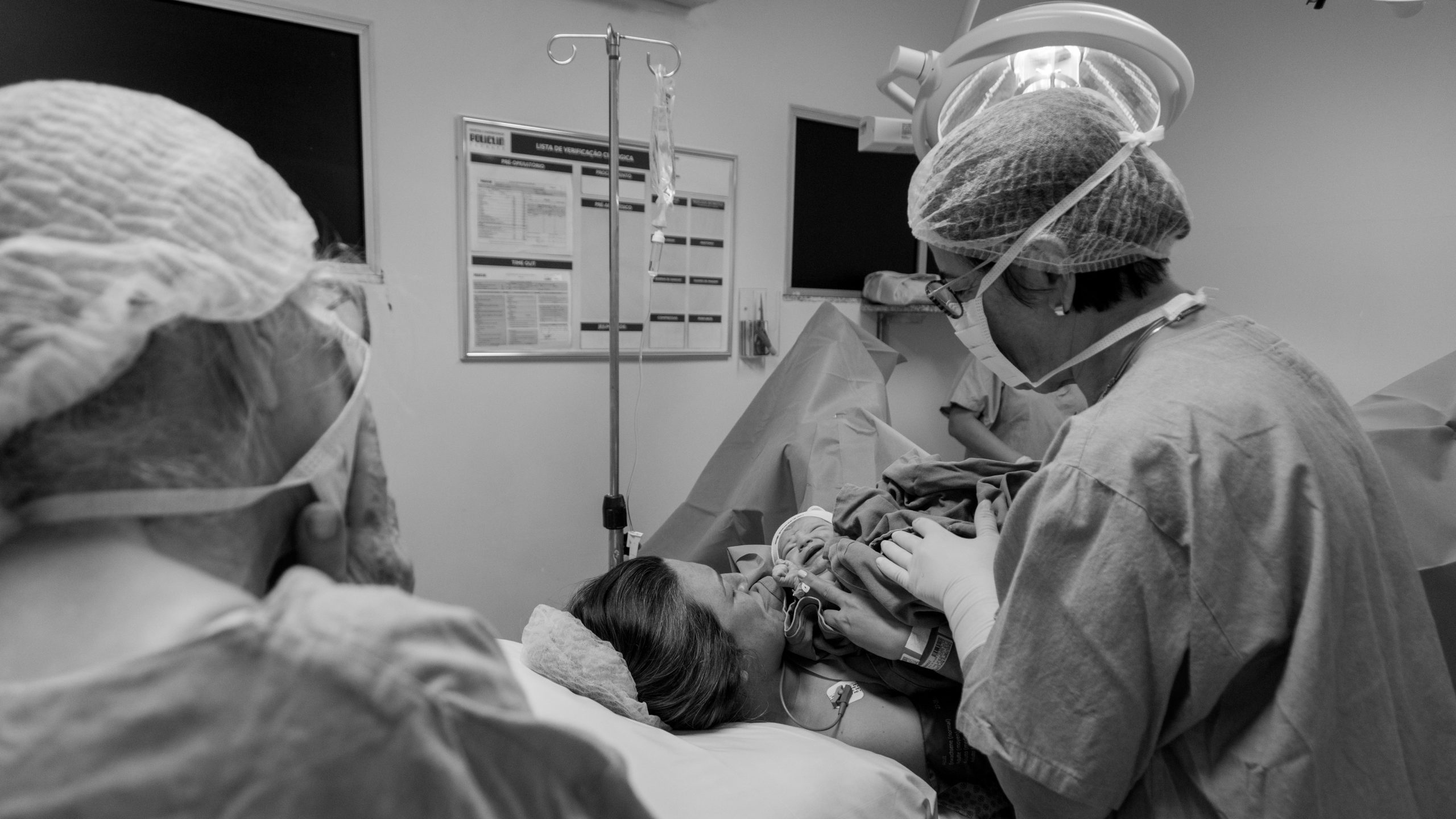
Also referred to as the afterbirth, the placenta is the body’s only disposable organ. Made from the same egg and sperm cells that the baby is formed from, the placenta then helps nourish the fetus throughout pregnancy. When the baby is born, the placenta – no longer needed anymore – comes out shortly afterwards.
Sweating increases
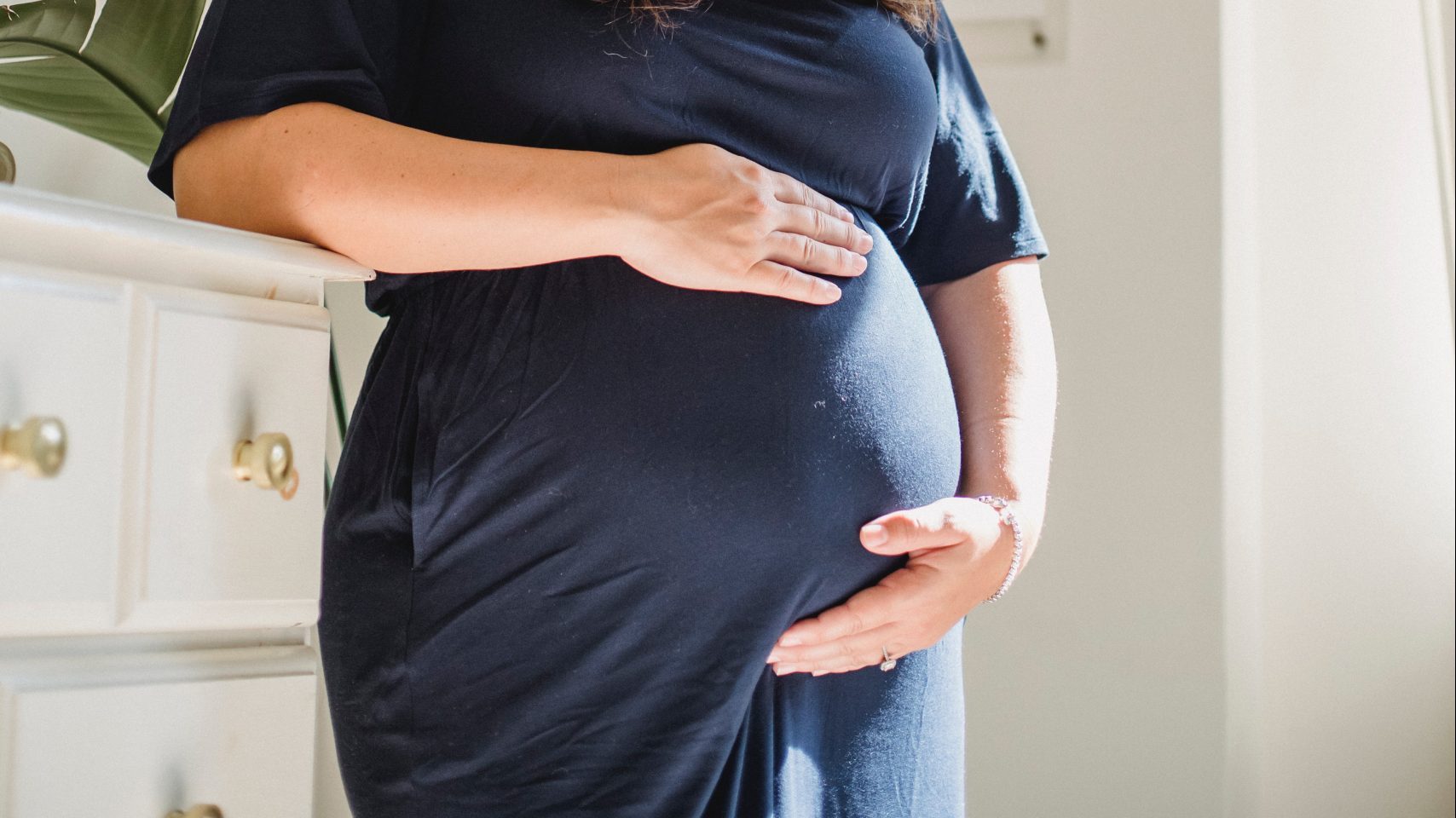
During pregnancy, many women report feeling significantly sweatier than usual. This is caused by a combination of fluctuating hormone levels, as well as an increase in total blood volume. During the birth itself, most women will sweat profusely due to the pain and physical exertion.
Labor is longer for new mothers

First-time mothers will generally spend around six and a half hours in labor, while those who have previously given birth can expect to shave about an hour off this time. The effect doesn’t compound, however, and having more than two babies doesn’t mean even shorter labor times.
False labors sometimes occur
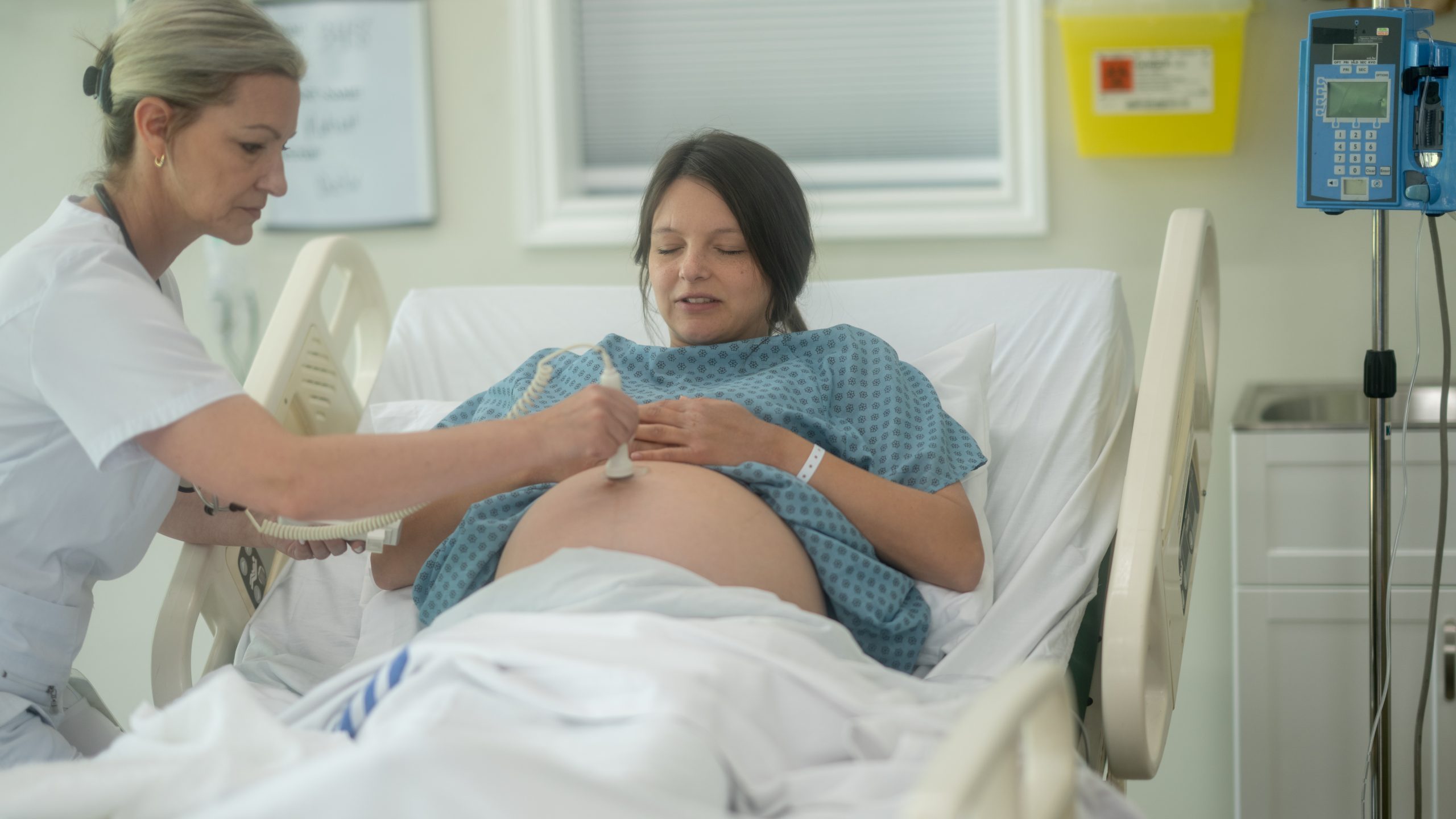
Prodromal labor – or, as it’s more commonly known, false labor – is a phenomenon that can occur in the third trimester of pregnancy. False labor includes severe contractions and it can feel a lot like the real deal, often causing women to rush to hospital, only to be sent home in disappointment a few hours later.
The first C-section where the mother survived was performed over 500 years ago
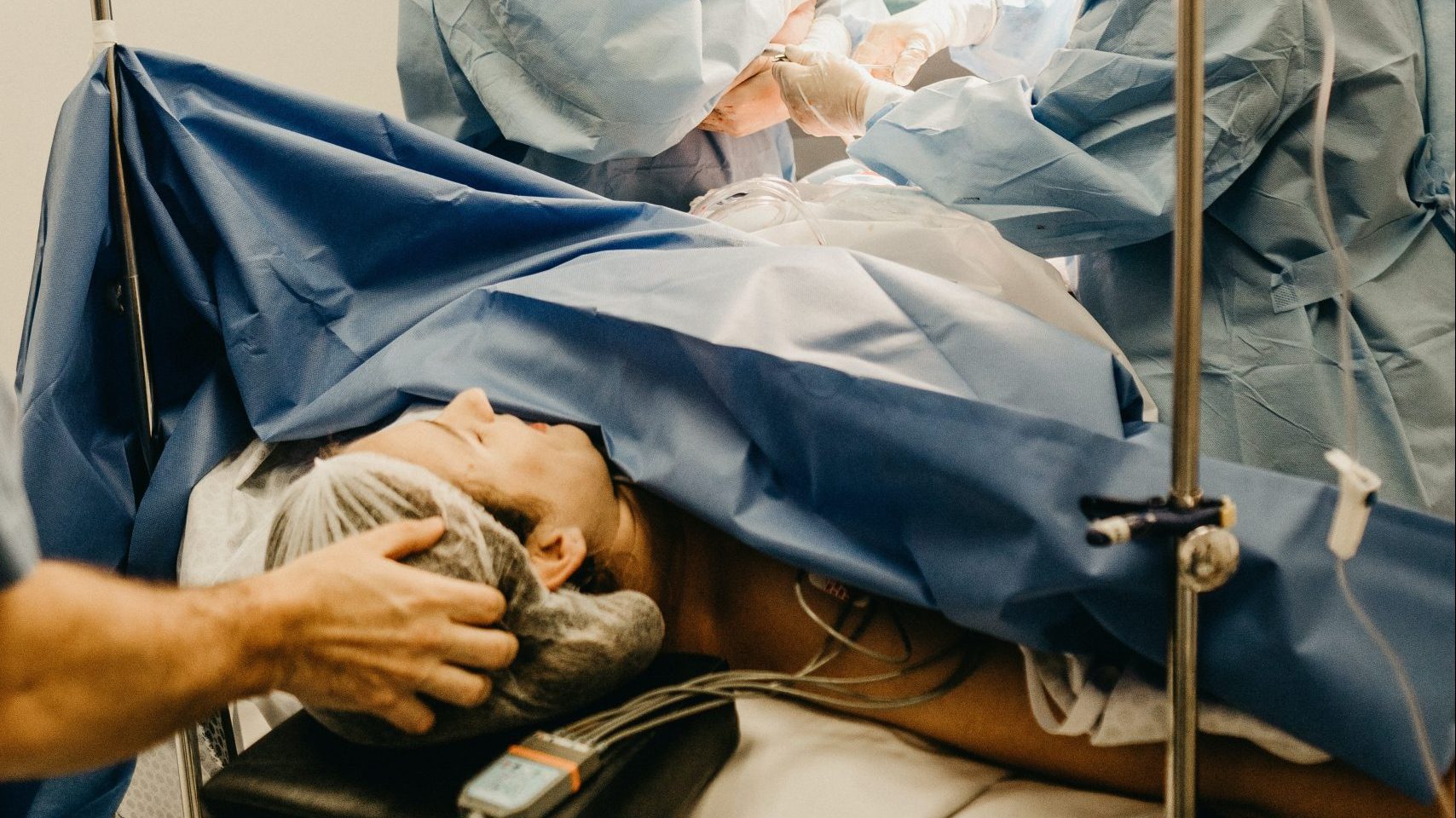
Although C-sections have been performed for thousands of years, for most of that time they were only used once the mother had died. A written report from 1500 is the first recorded instance of a mother surviving after a C-section, with her husband performing the operation.
The placenta doesn’t always come out

In rare cases, the placenta fails to come out after the baby. A number of factors make this more likely, including preterm births and having had more than five pregnancies. Healthcare providers will sometimes provide muscle relaxants in an attempt to help the placenta pass out of the uterus, although it can also be removed manually as a last resort.
Home births are falling in the Netherlands
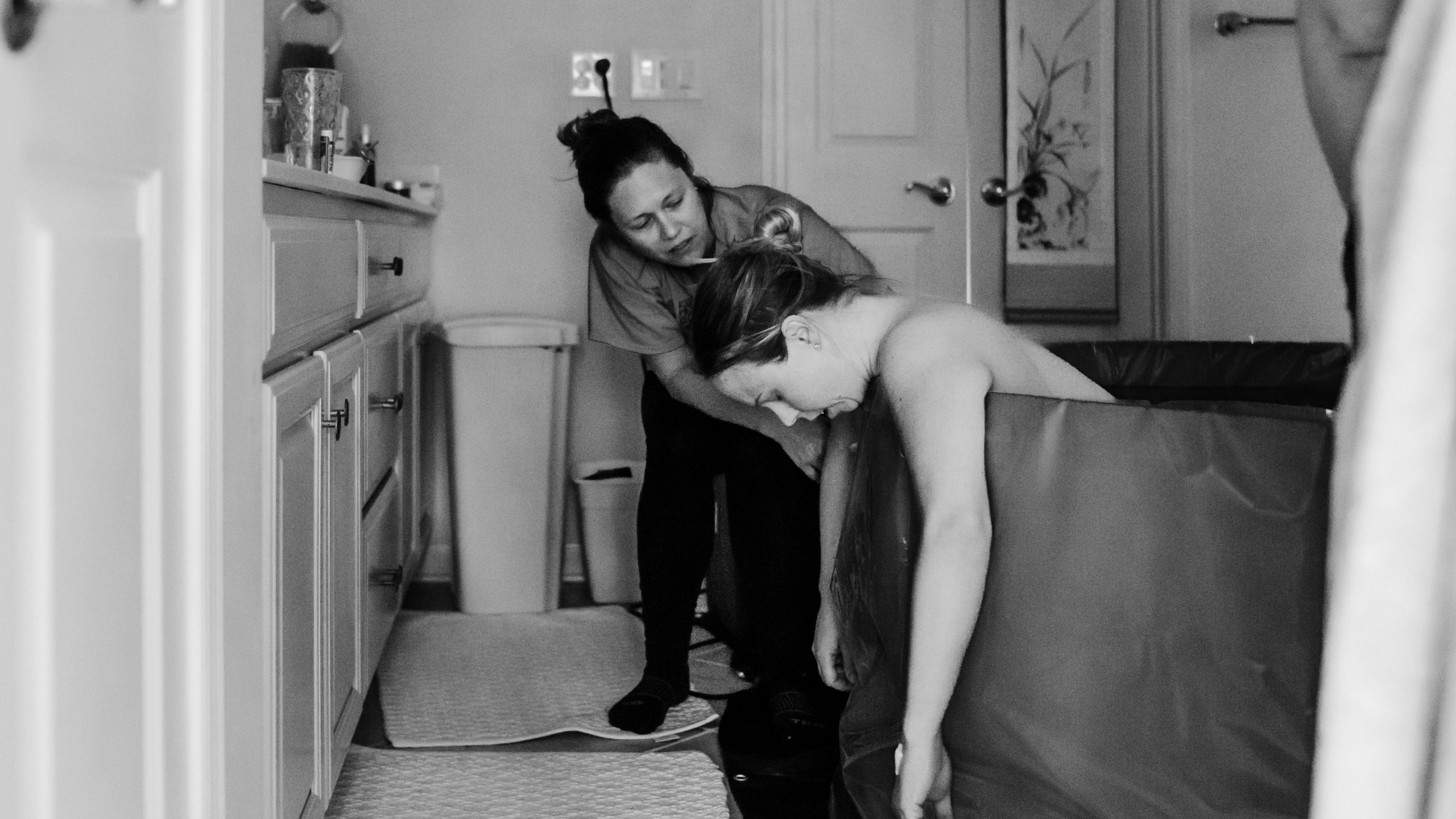
The Netherlands has been referred to as the ‘home birth capital of Europe’, but – while that was definitely once the case – giving birth at home has become a much less popular option in the country. During the 70s, upwards of 70 percent of births in the Netherlands took place at home, a number that has dropped to just 13 percent in recent years.
Doctors used to give women opiates during childbirth
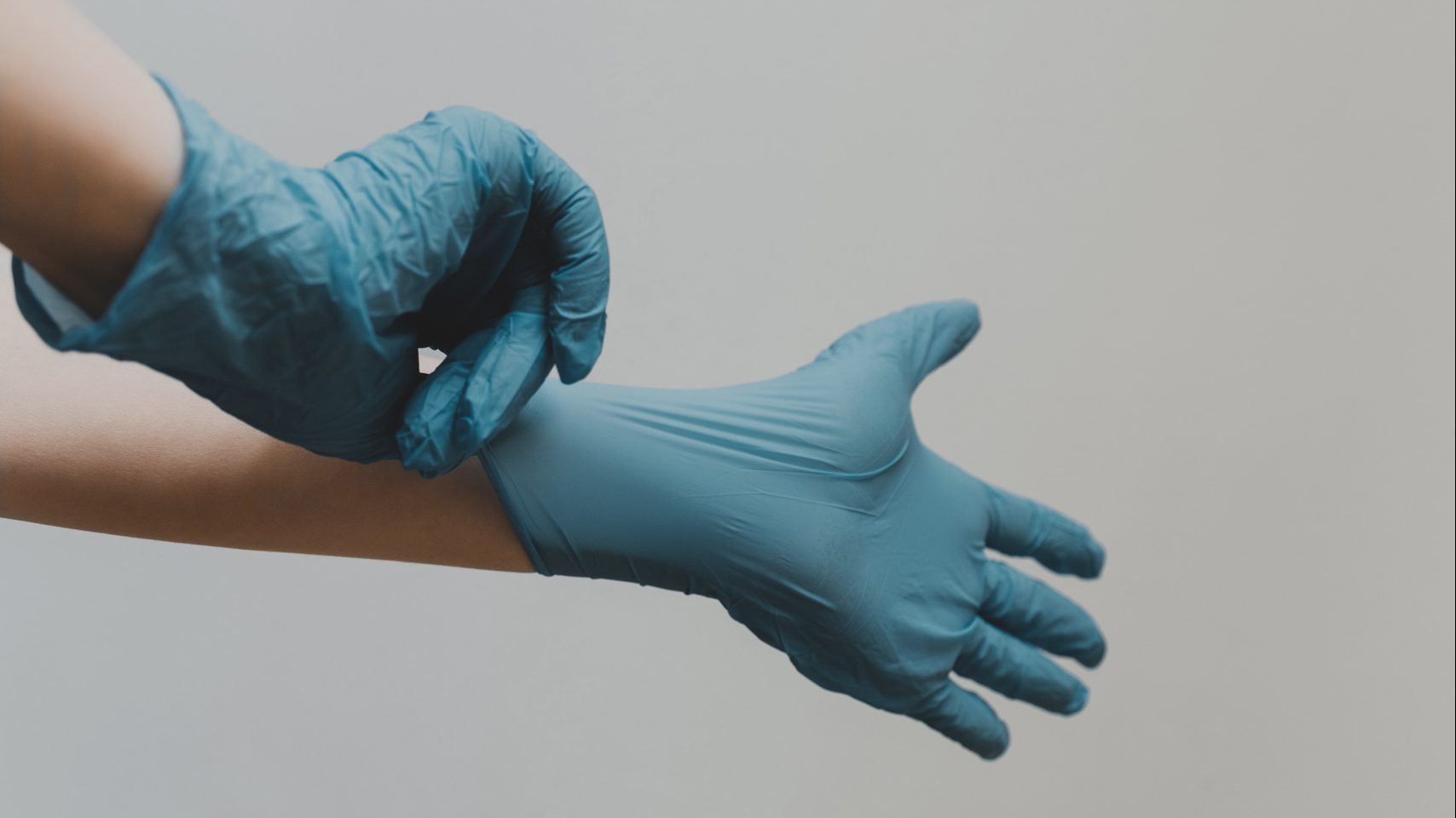
After Queen Victoria normalized taking painkillers during childbirth, it didn’t take long for the needle to swing hard the other way. In the 19th century, American doctors started administering heavy doses of opiates during childbirth, which – while undeniably effective – carried a lot of medical risks.
The average weight gain during pregnancy is 25 to 30 pounds
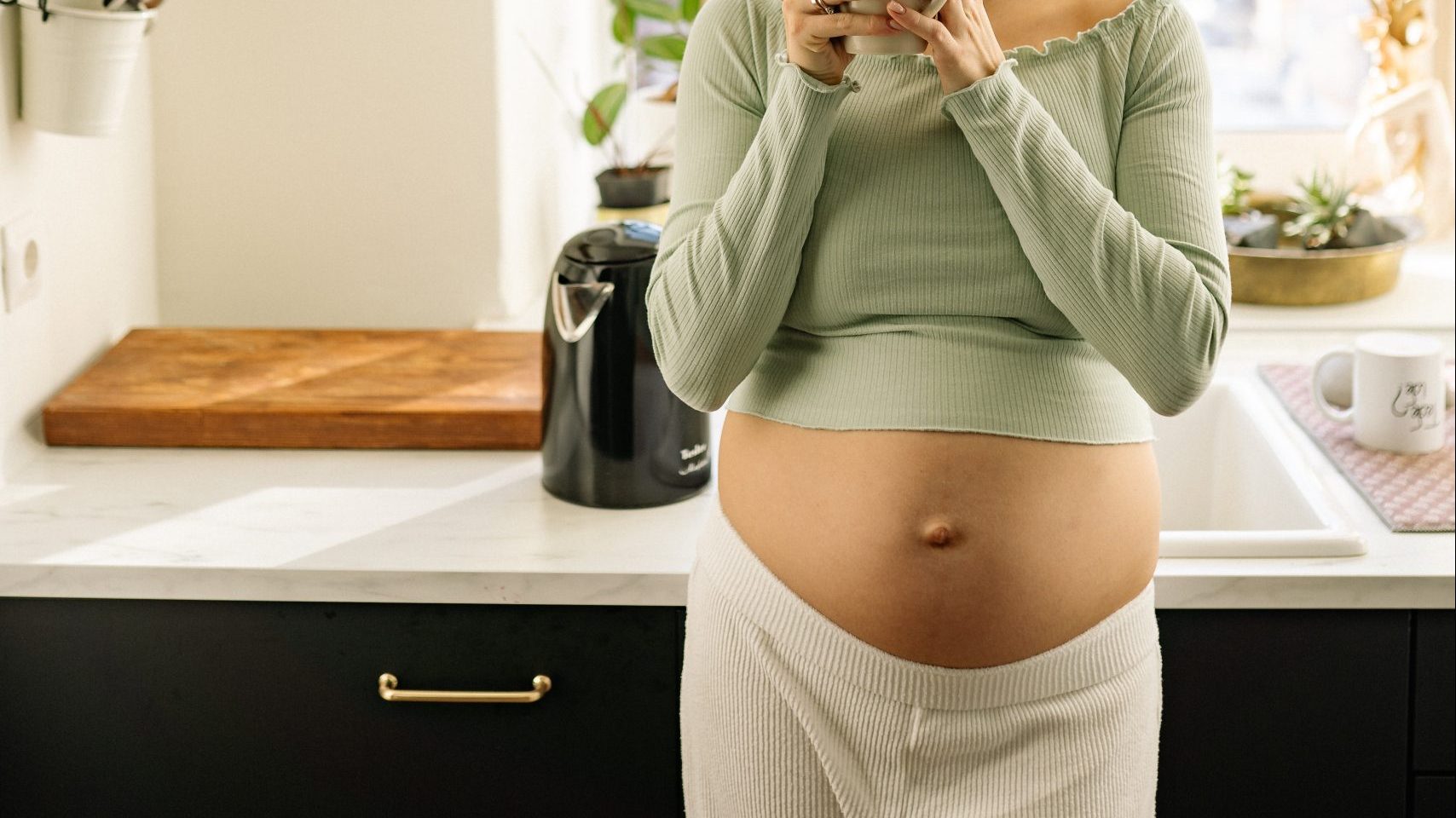
According to studies, the average amount of weight gained during pregnancy is between 25 and 30 pounds, although this number changes depending on BMI. An underweight woman with a BMI of less than 18.5 before pregnancy will experience an average gain of between 28 to 40 pounds, while an overweight woman with a BMI of 25 to 30 will experience an increase of 15 to 25 pounds.
The risk of dying during childbirth is shockingly high in the United States

In 2018, The Commonwealth Fund released the results of a study comparing death rates during childbirth between a number of countries. The United States topped the list of wealthy nations, with 14 women dying for every 100,000 births. Sweden had the lowest rate, reporting just four deaths per every 100,000 births.
Nesting instinct kicks in
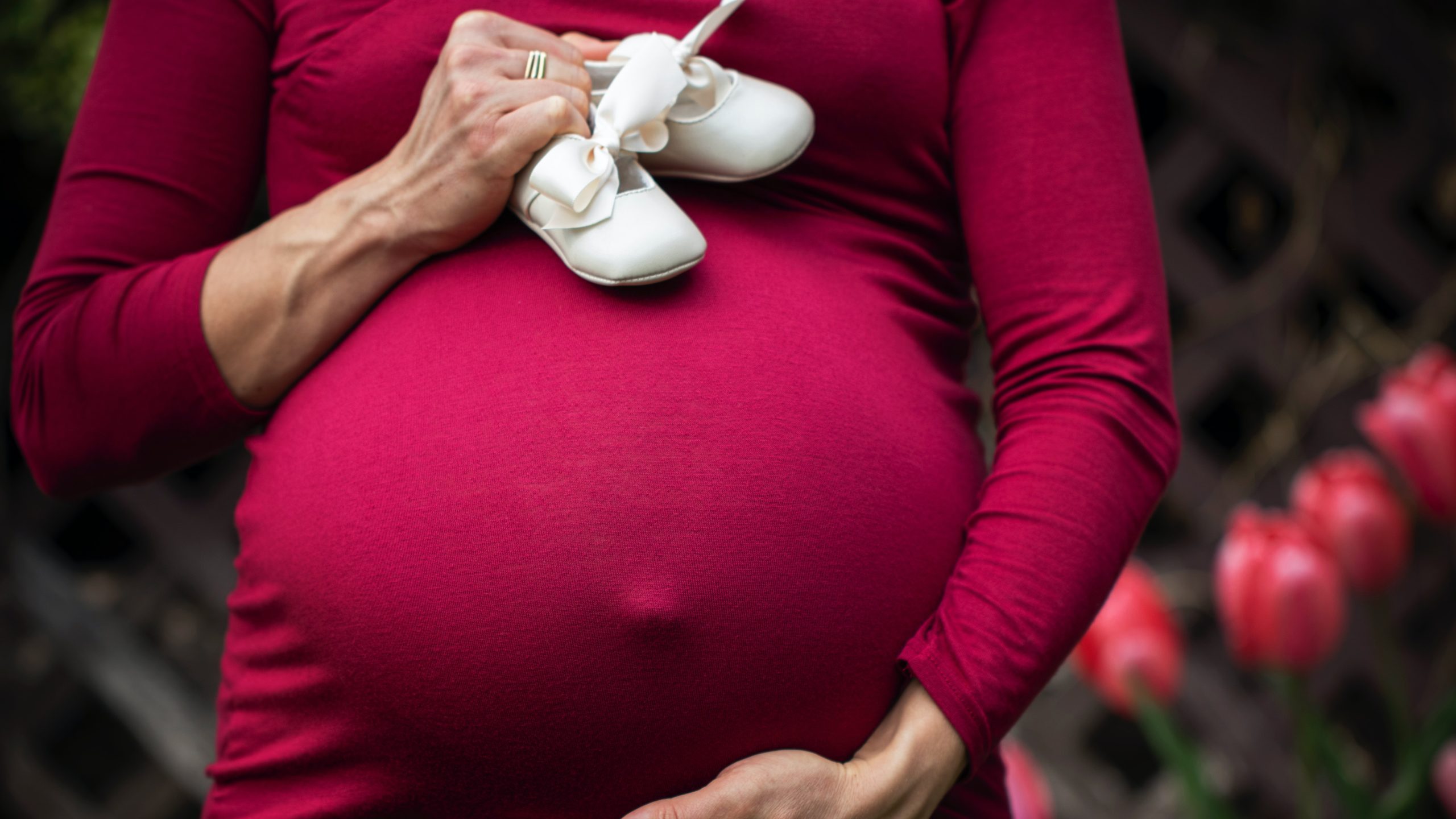
While not experienced by every pregnant woman, many report feeling a “nesting instinct” that gets stronger throughout pregnancy and peaks shortly before birth. This instinct is characterized by an intense urge to clean, organize, decorate and generally make the home perfect for when the baby arrives.
Epidurals are safe
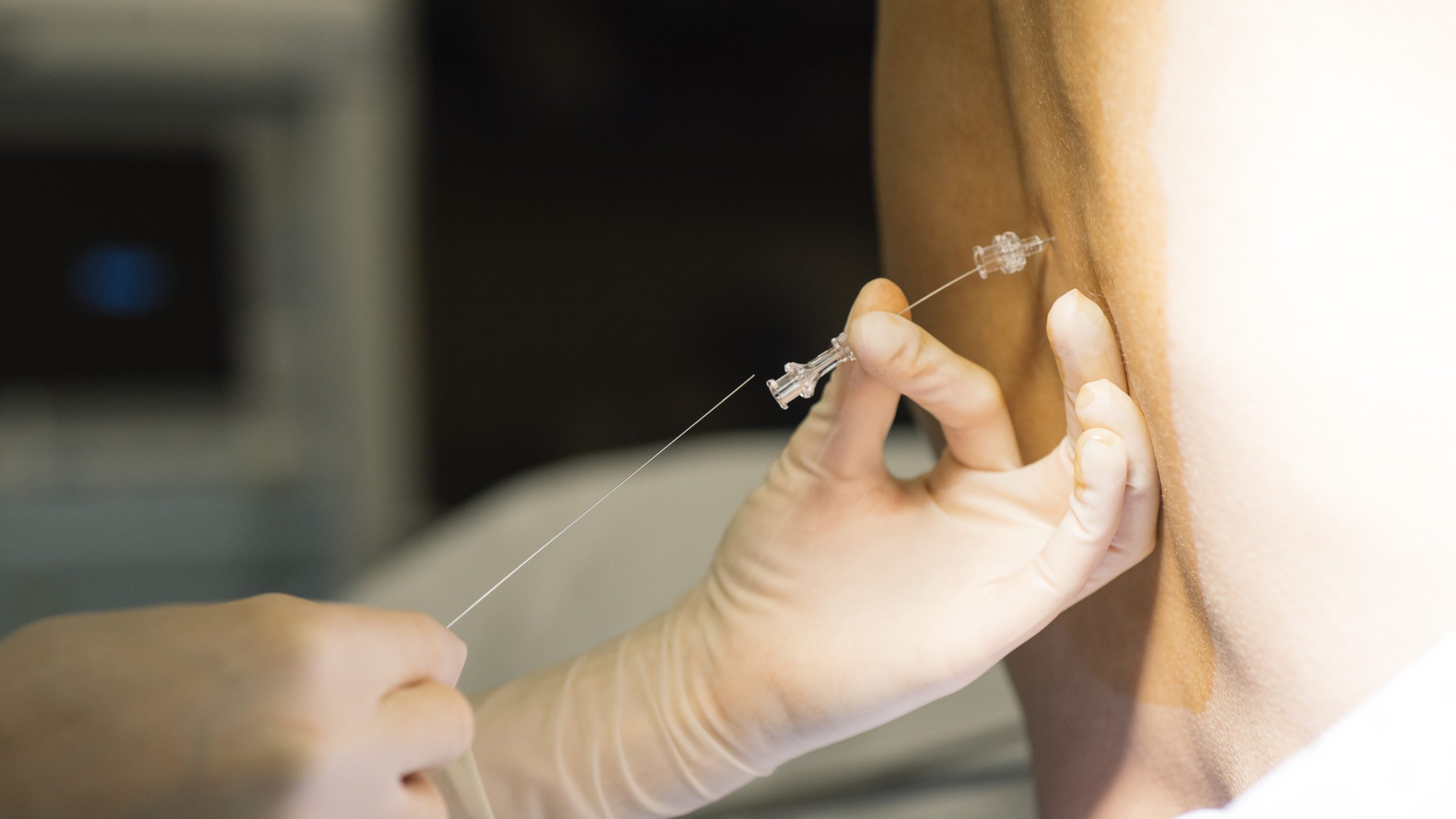
An epidural is a local anesthetic injected directly into the space around the spinal nerves in the lower back. Many women avoid them because, well, they sound terrifying, but in reality the procedure is extremely safe. While the injection might lead to some mild side effects, these will wear off within a few hours.
Contractions get closer together

When contractions first begin in labor, they will be sporadic and random, with gaps between them lasting anywhere from a few minutes to a few hours. As labor progresses, however, the contractions will start to become regular, and the gap between them will steadily decline as the birth gets closer.
Bleeding can last a long time

Childbirth is a notoriously bloody procedure, and the bleeding often doesn’t stop once it’s over. In fact, light, intermittent bleeding is common for four to six weeks after birth. This is often concerning for first-time mothers, but it’s completely natural and nothing to worry about.
Babies urinate in the womb
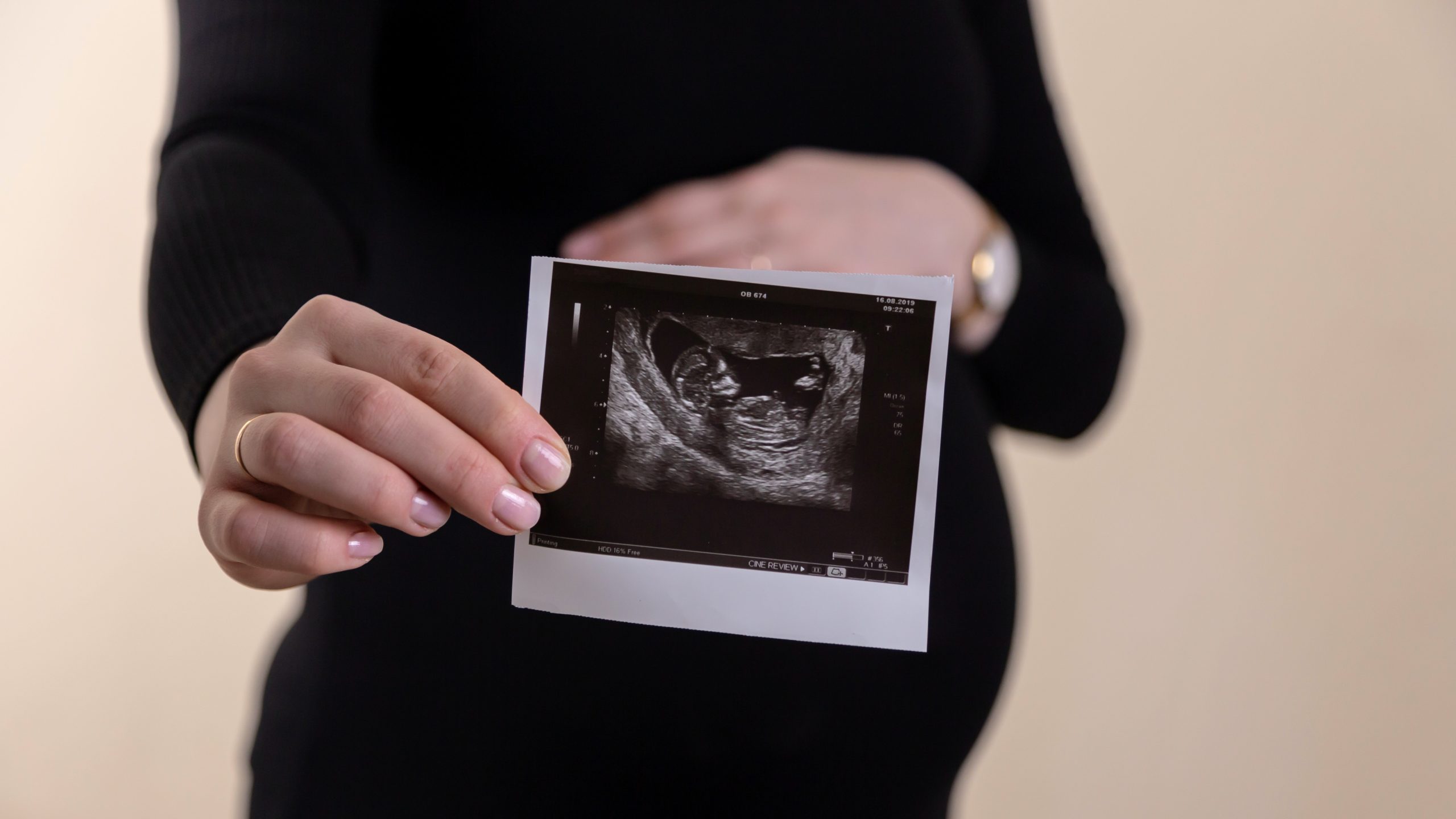
After only 13 weeks, babies’ kidneys have developed, and they start urinating inside the womb. This urine consists of the amniotic fluid which they drink in utero, and it’s filtered by the placenta – which removes most of the waste products – before you simply flush it out.
Strange cravings are common during pregnancy

Unusual cravings are among the most recognizable side-effects of pregnancy, with most women reporting them at some point or another. Around 30 percent of women also experience cravings for non-food items such as chalk, soap and tar. Scientists believe this may be linked to an iron deficiency, so if you’re experiencing these bizarre hankerings you should raise them with your doctor.
Stitches are sometimes necessary
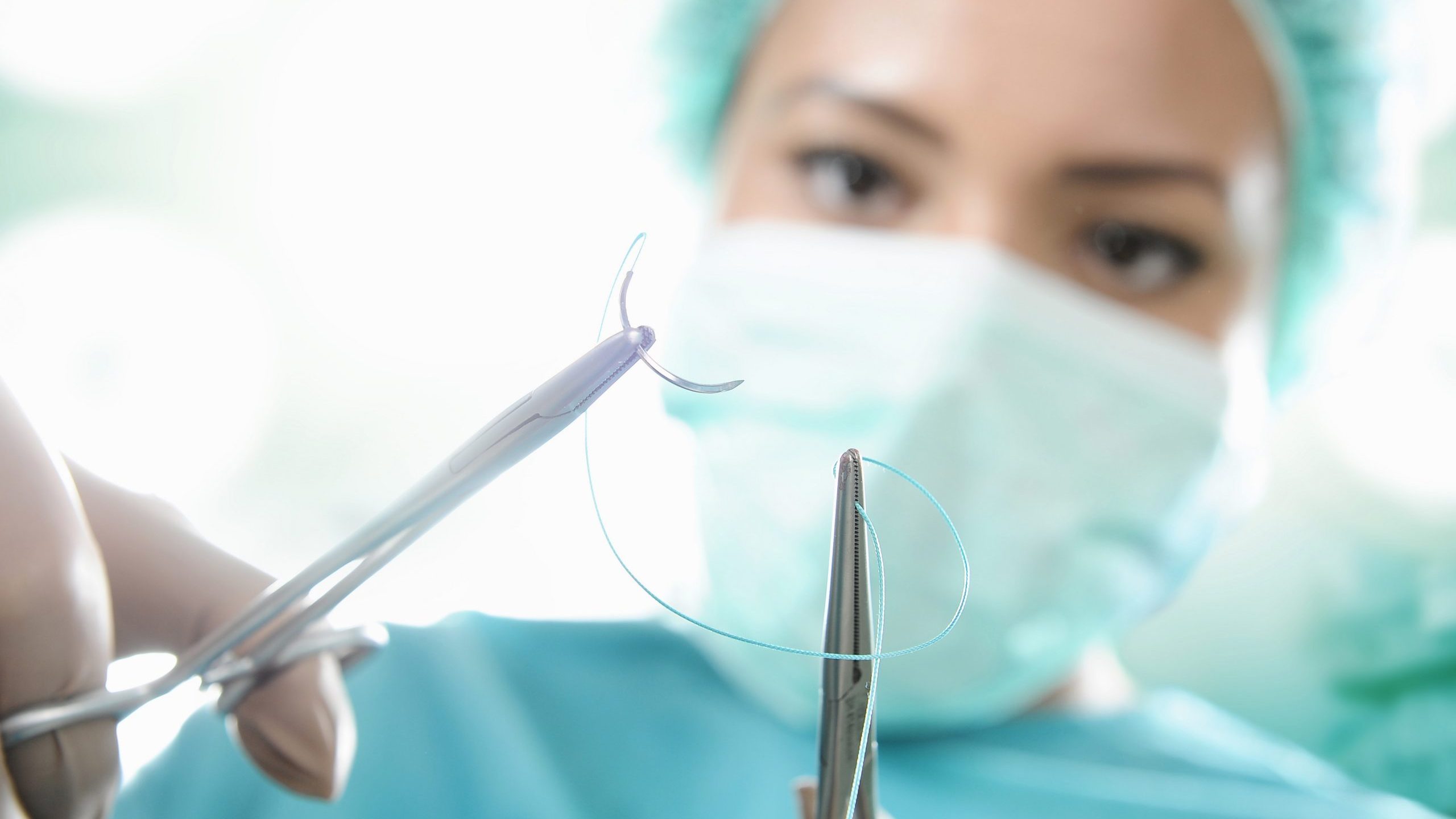
Giving birth can be a pretty violent process, and it often results in varying degrees of vaginal tearing. Depending on the severity of the damage, stitches may even be necessary. Fortunately, the healing process tends to be quick, and the stitches usually dissolve after a week or two.
Babies rarely turn up on their due date
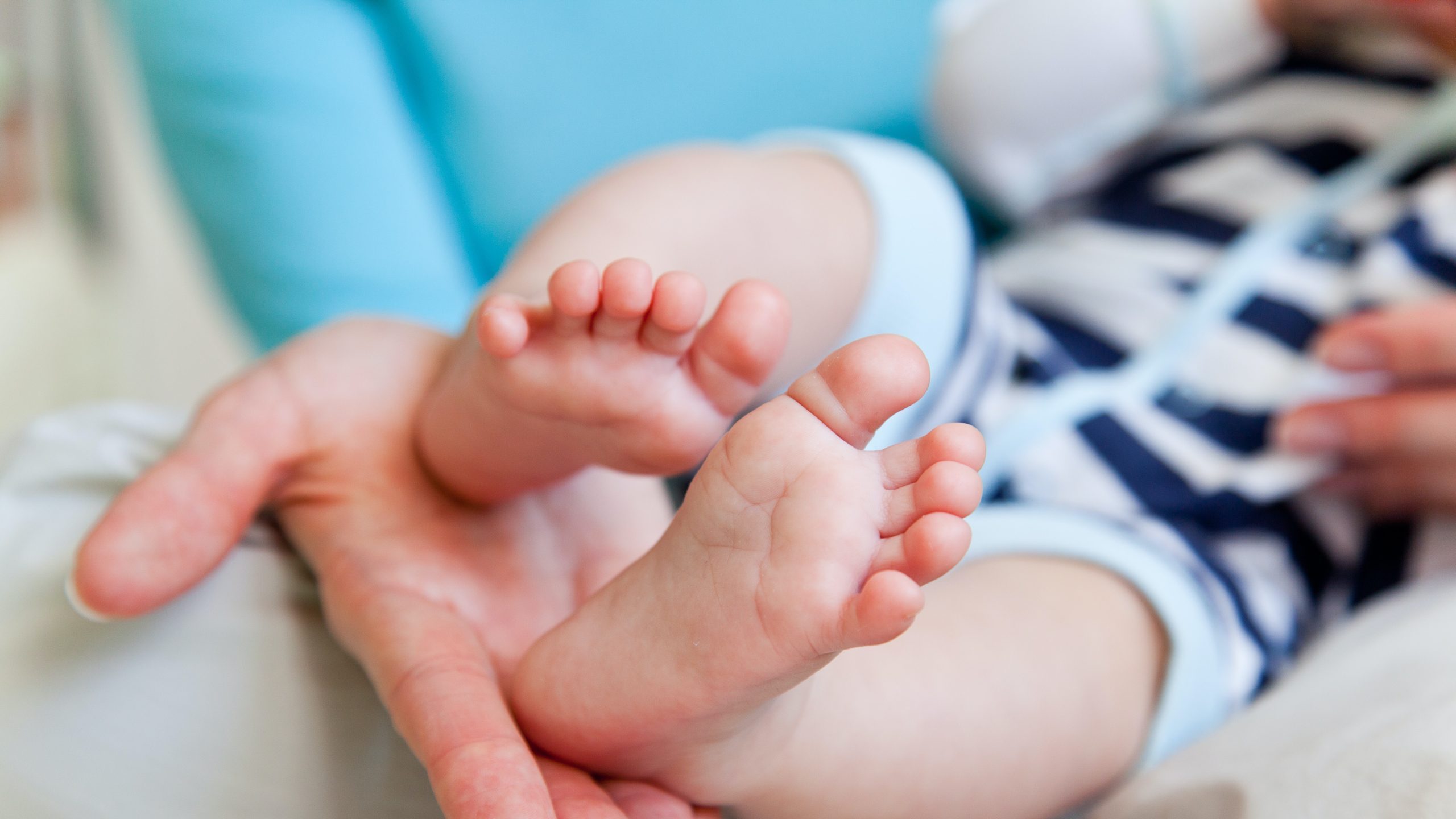
Statistics reveal that babies have terrible timekeeping, with just five percent turning up on their due date. Of those that turn up at the wrong time, 50 percent arrive within a week of their date, and 90 percent within two weeks. There’s some evidence that the more babies a woman has, the more reliable the due date gets.
Midwives aren’t present at many births

While many people assume that a midwife is supposed to be present during childbirth, in reality their job mostly revolves around coaching women throughout their pregnancy to prepare them for the big day, and midwives are only present for around ten percent of births in the United States.
C-sections are incredibly common in Turkey
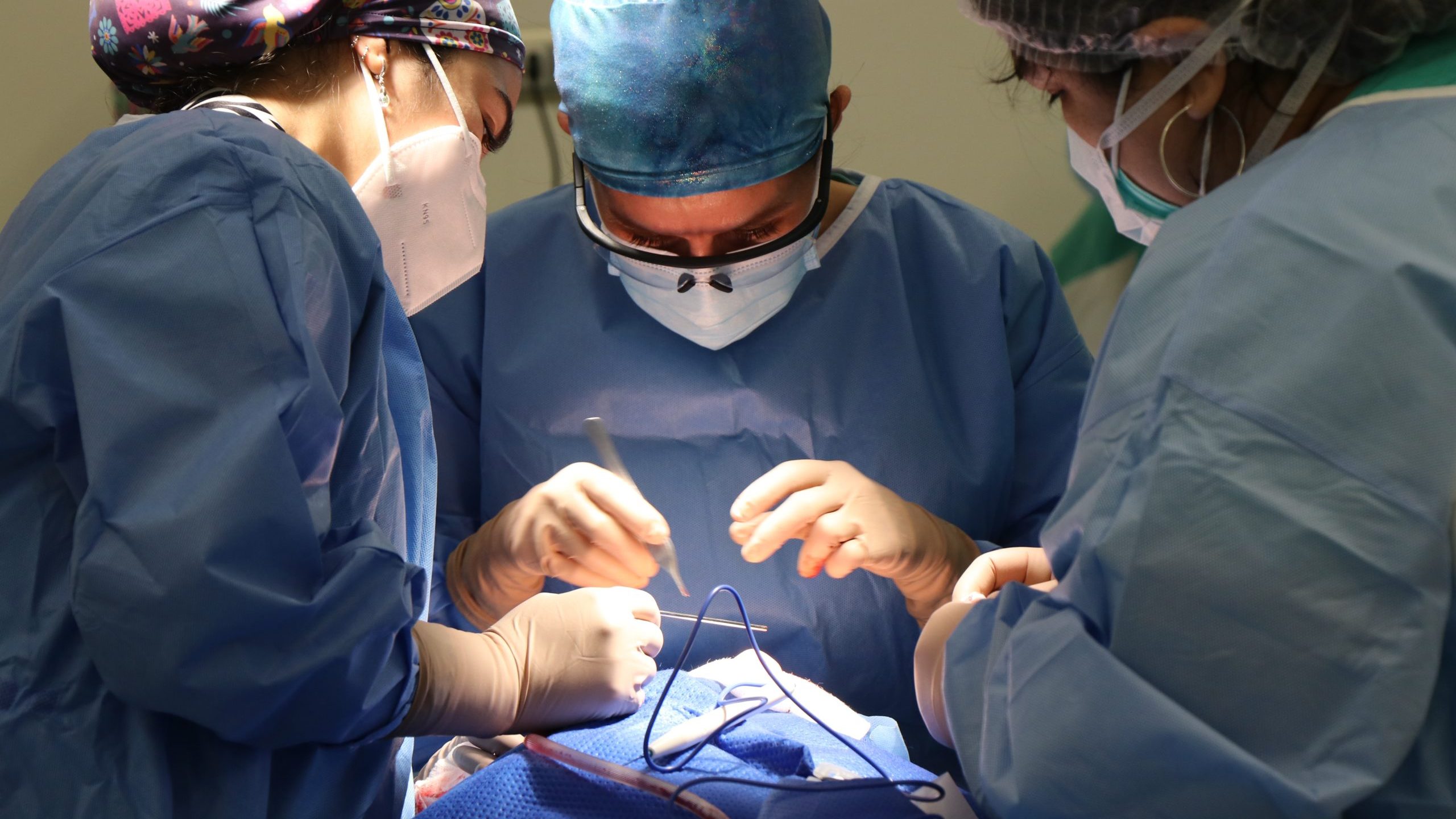
Different countries have different rules around C-sections, with some only allowing them when medically necessary, while others offer them as an elective procedure. Turkey has the highest rate of C-sections of any country in the world, with 544 out of every 1,000 live babies delivered via the surgical procedure.
Birth is more dangerous if you’re under 18
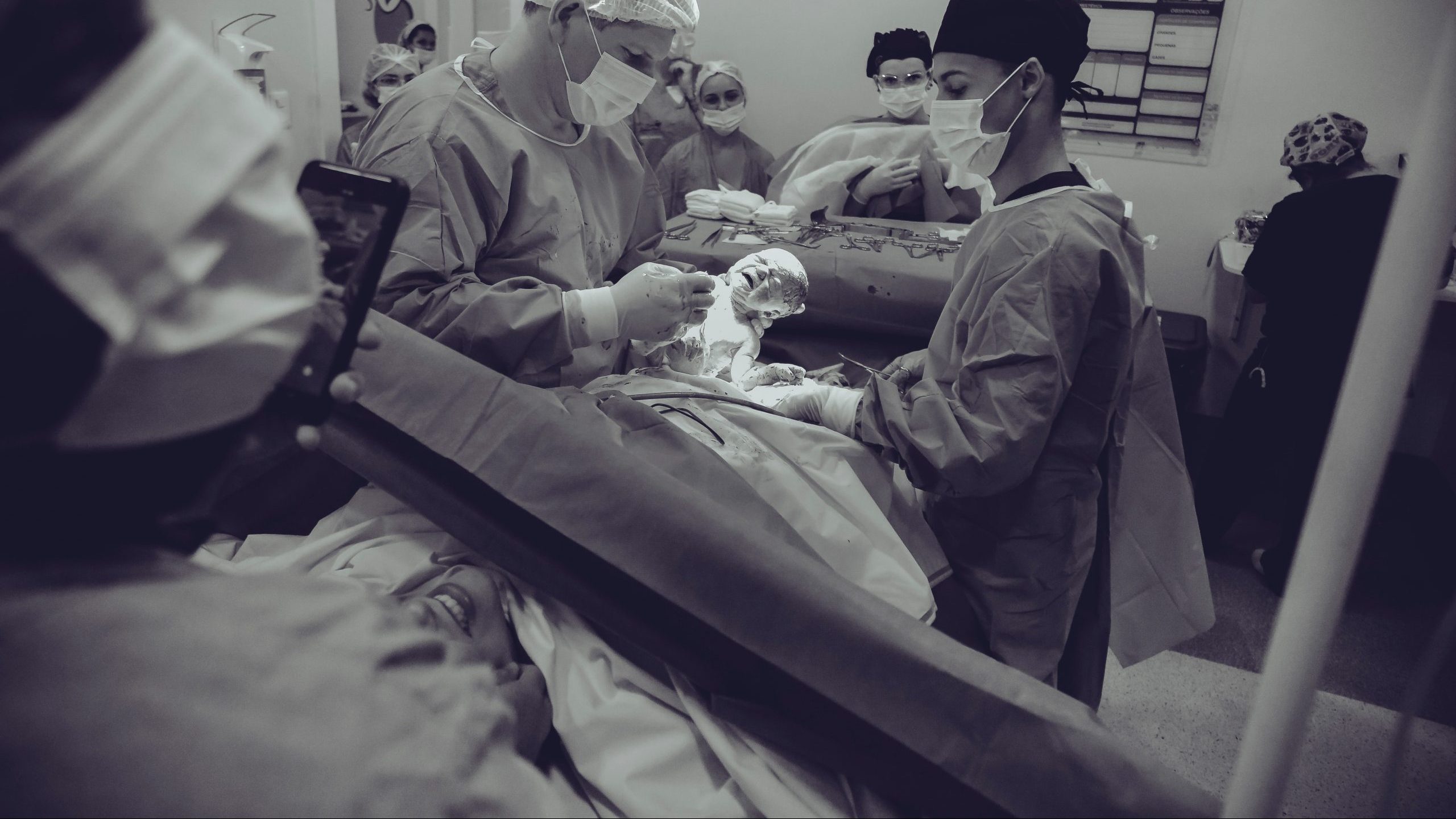
Women who give birth before the age of 18 are up to five times more likely to die during the process, while the baby is 60 percent more likely to die. It is estimated that one out of every five babies born globally is born to a mother under the age of 18.
Babies are sometimes born with cone-shaped heads
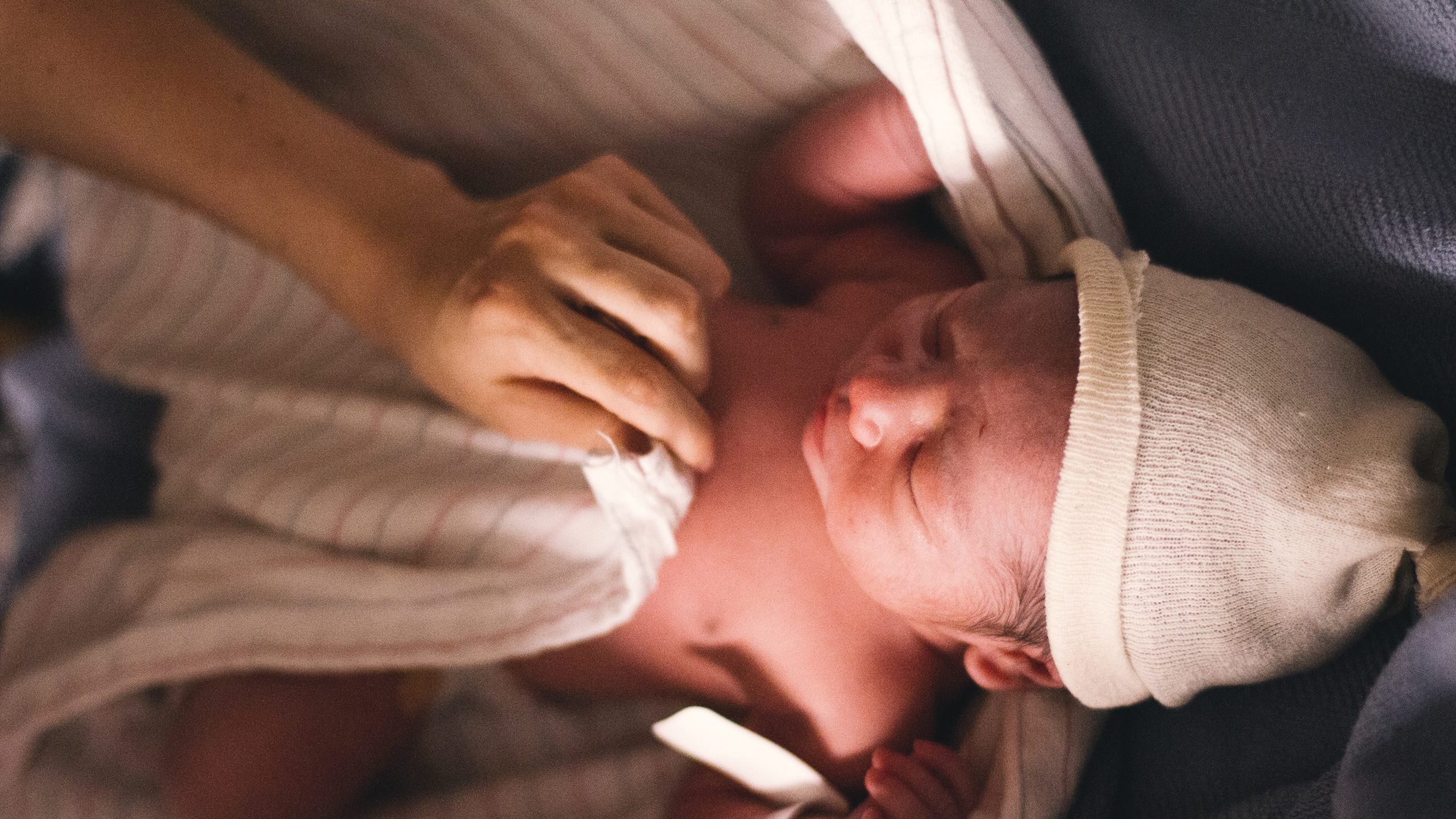
When babies are born, their skulls are comprised of individual plates, which allows the head to compress as it passes through the birth canal. This sometimes means that – for the first week or so of their lives – newborns have somewhat cone-shaped heads. This will return to a normal shape as the plates in the skull start to fuse.
Surgery can be used to speed up birth
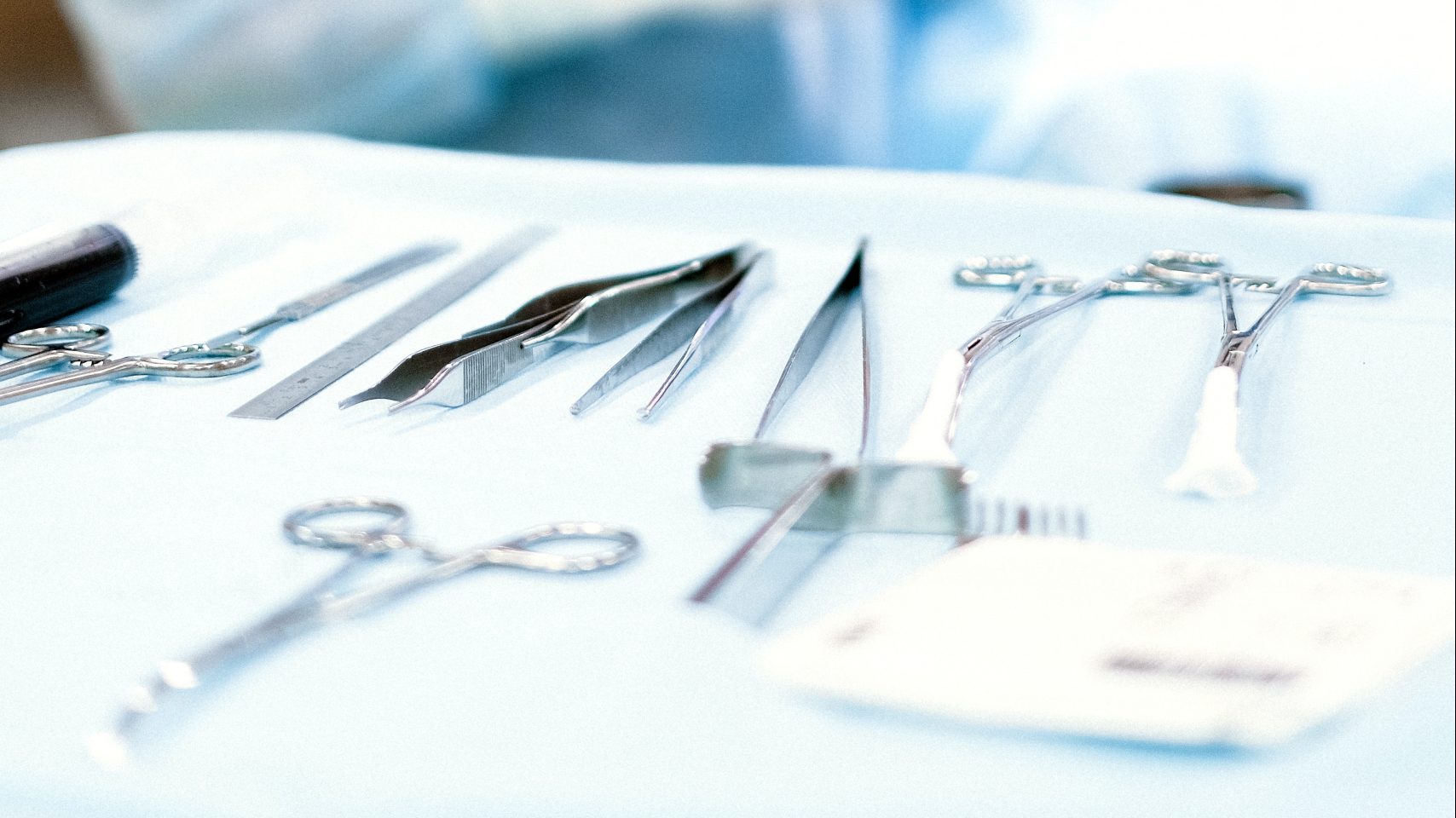
If labor is taking too long, or the mother is becoming too exhausted to push, medical professionals will sometimes turn to a surgical procedure known as an episiotomy. This involves making an incision to enlarge the vagina, which can decrease both the time and effort required to get the baby out.
The body has a clever way of preventing bacteria getting into the cervix

During birth, the cervix is essentially left open for hours, giving bacteria plenty of time to get into places it shouldn’t. To prevent this, the body produces mucus, which plugs the entrance to the cervix, sealing it against invaders. This mucus is then expelled with the placenta.
Babies are born with underdeveloped brains
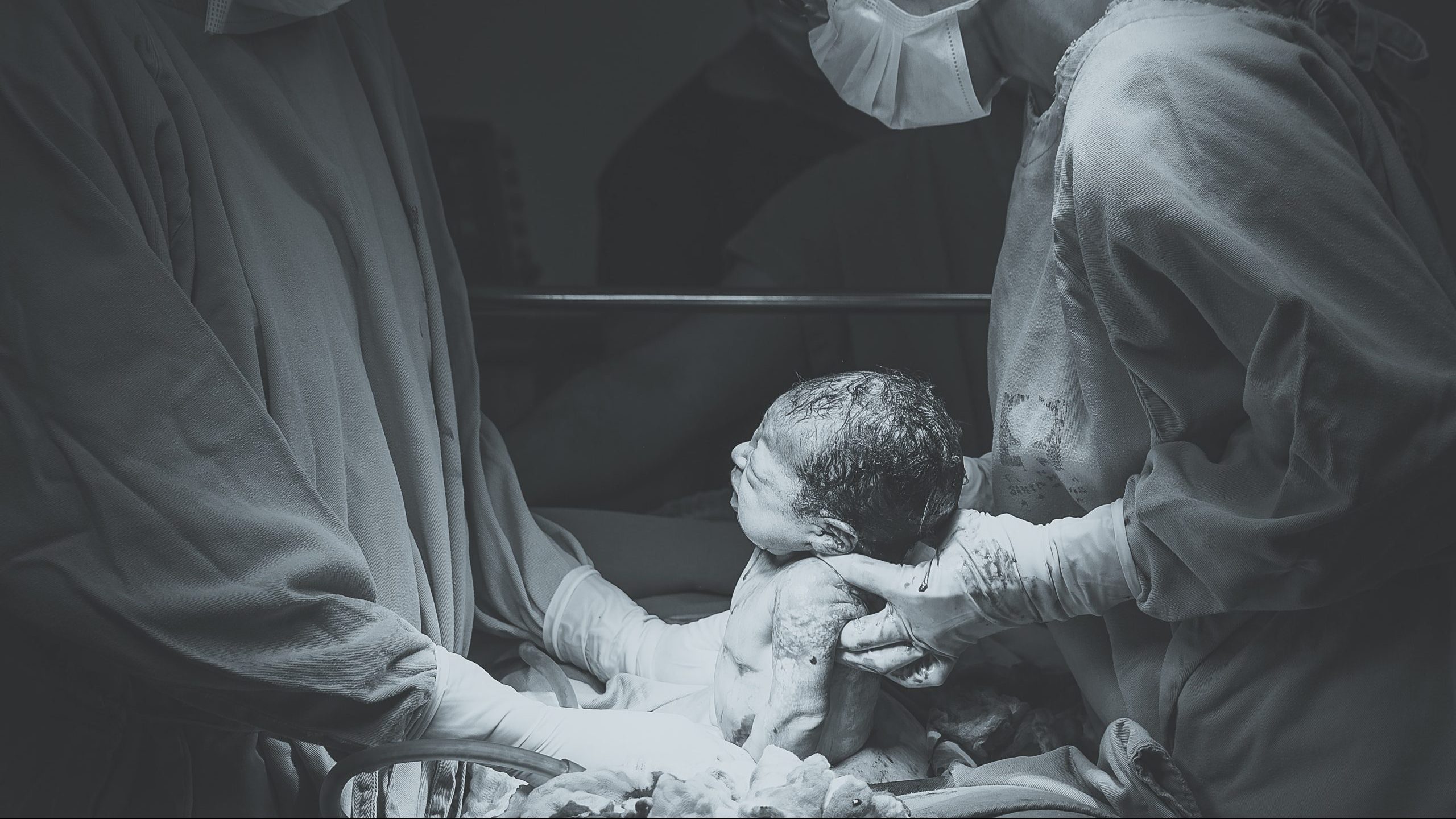
Compared to most other animals, human babies are born extremely helpless. This is because – since humans have such large brains, relative to body size – they have to be born with underdeveloped brains in order to fit through the birth canal. This is also why the brain grows so rapidly during the first years of life.
Breastfeeding regulates the menstrual cycle after birth

Whether or not a mother breastfeeds her newborn will determine how quickly she begins experiencing periods again. If she doesn’t breastfeed, her menstrual cycle will return to normal within one to two months, whereas if she does, it will take several months for her periods to restart.
Babies are often born with blue skin
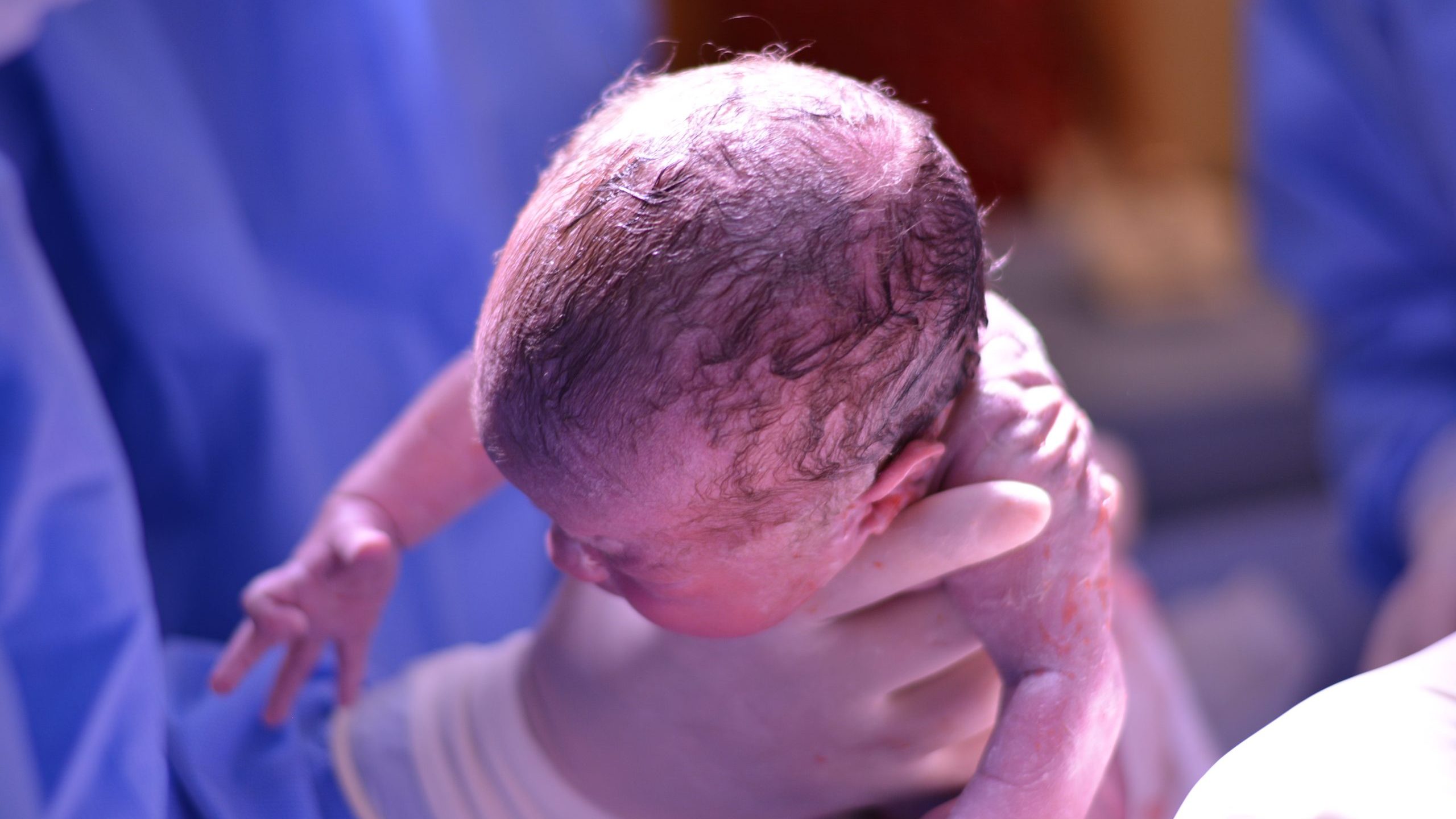
Immediately after birth, a baby’s skin will often have a noticeably blue tinge. While this can look extremely alarming, once the umbilical cord is cut and the baby starts breathing air, its skin will change to a healthy shade of pink. Babies are also born covered in a layer of vernix, which is a greasy substance that helps prevent infections.
The placenta produces estrogen

Everyone knows that pregnancy causes violently fluctuating levels of hormones, but what is less widely known is that many of these hormones are produced by the placenta itself. In the days leading up to the birth, the placenta produces more estrogen a day than a woman who isn’t pregnant produces in three years.
Teenage pregnancies have declined in the United States
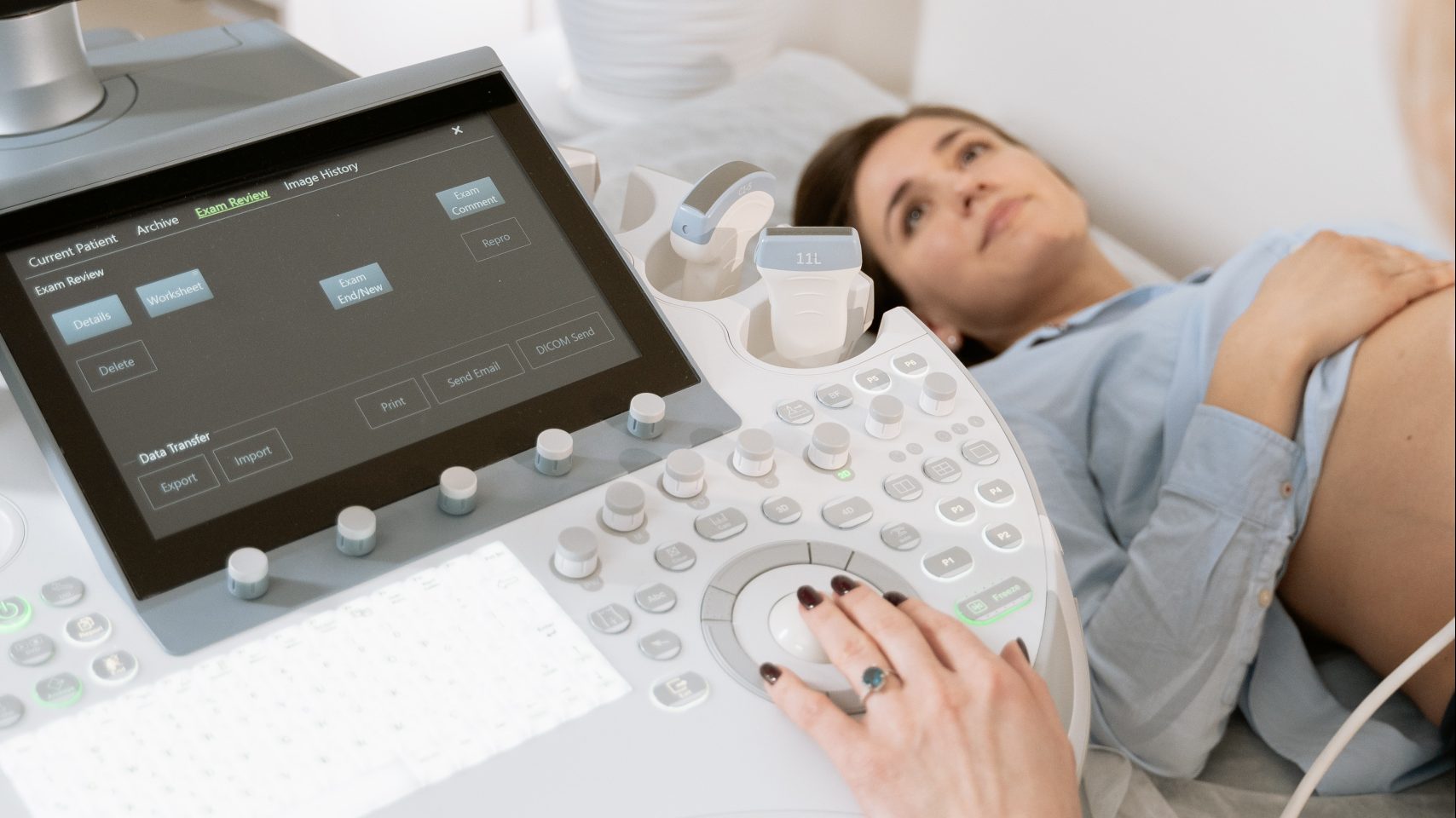
In January 2023, a study by the research group Child Trends found that teenage pregnancies have sharply declined in the United States; over the last 30 years, the number of babies born to teenage mothers has dropped by 77 percent. This is largely believed to be the result of an increase in widely available contraceptives.
